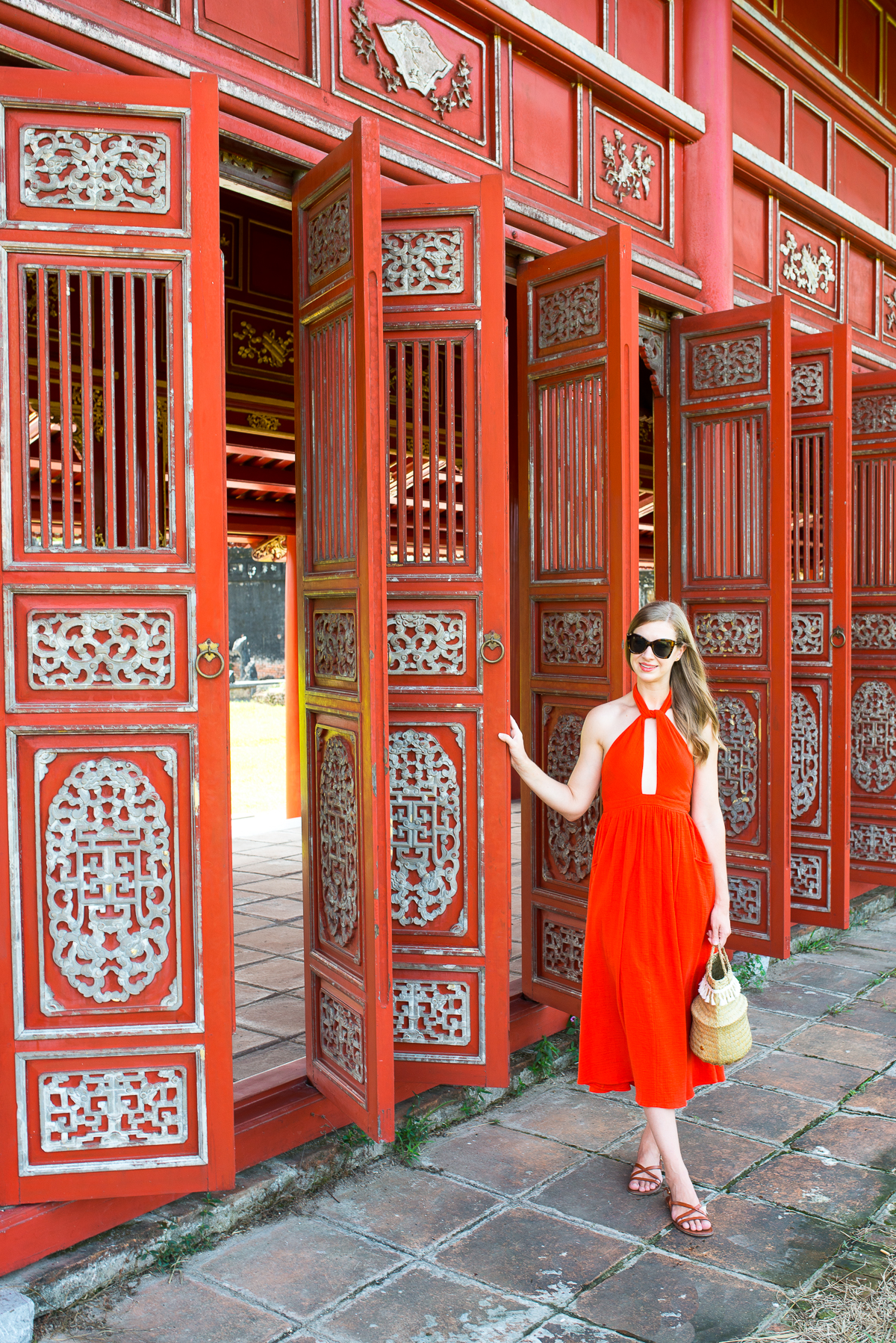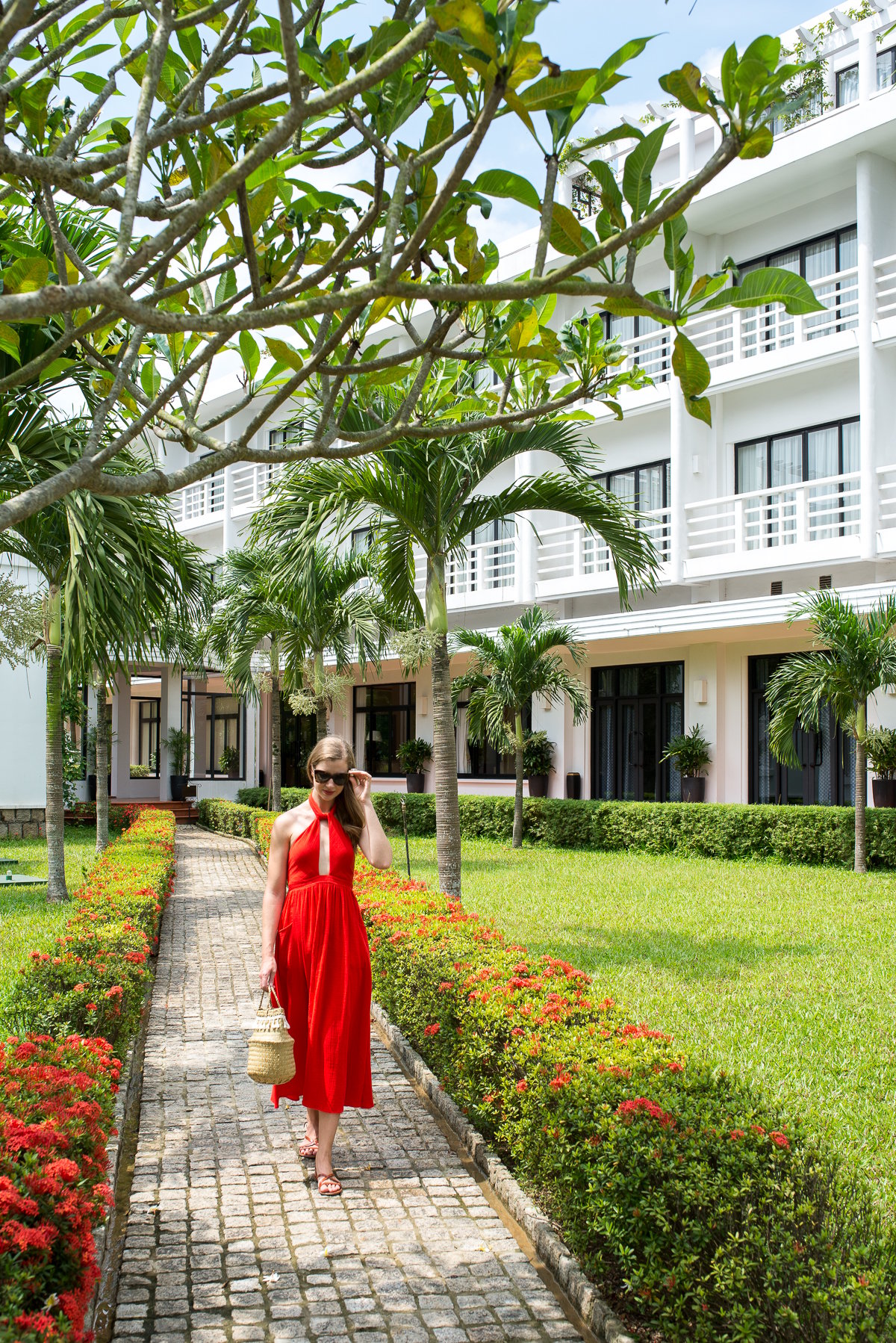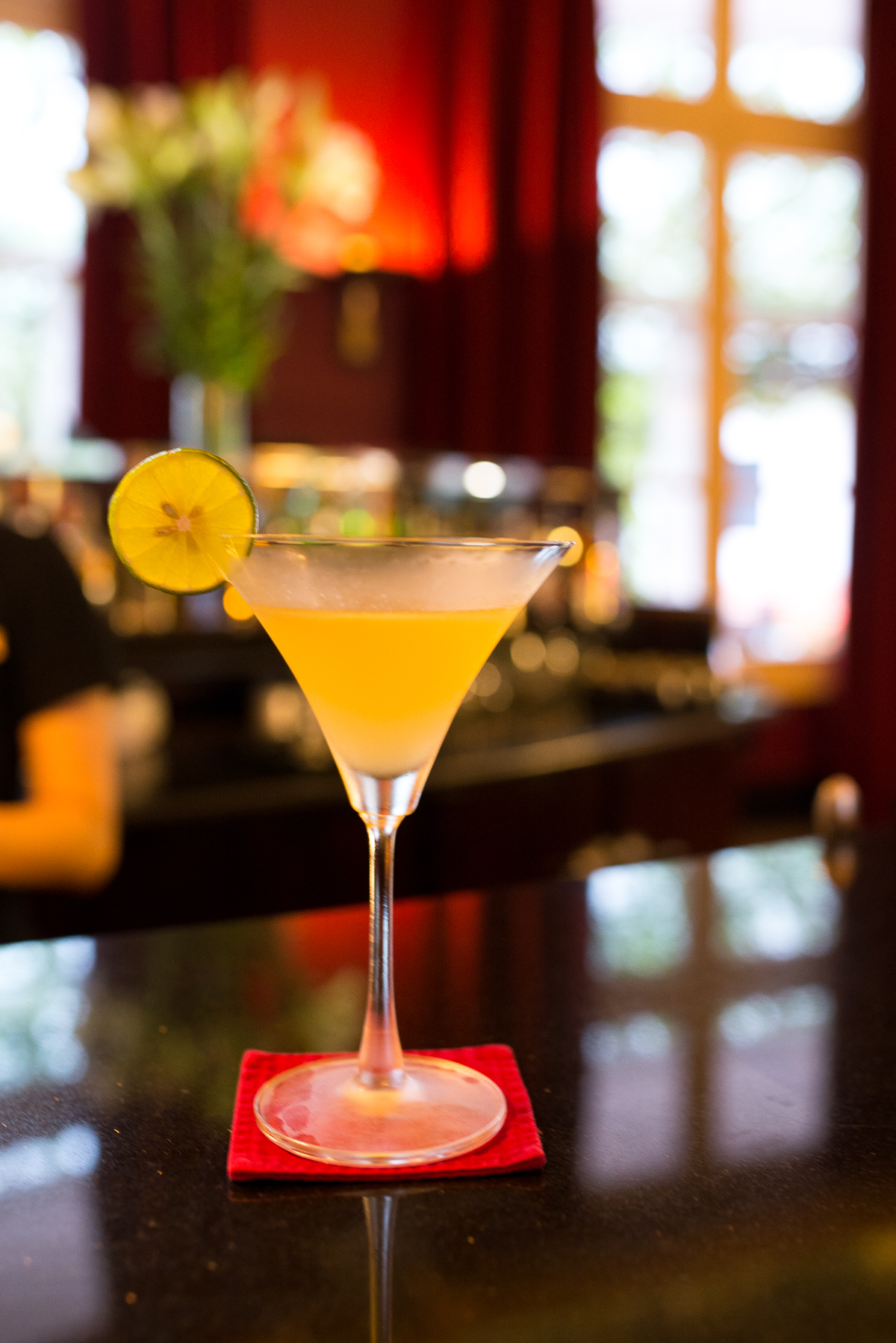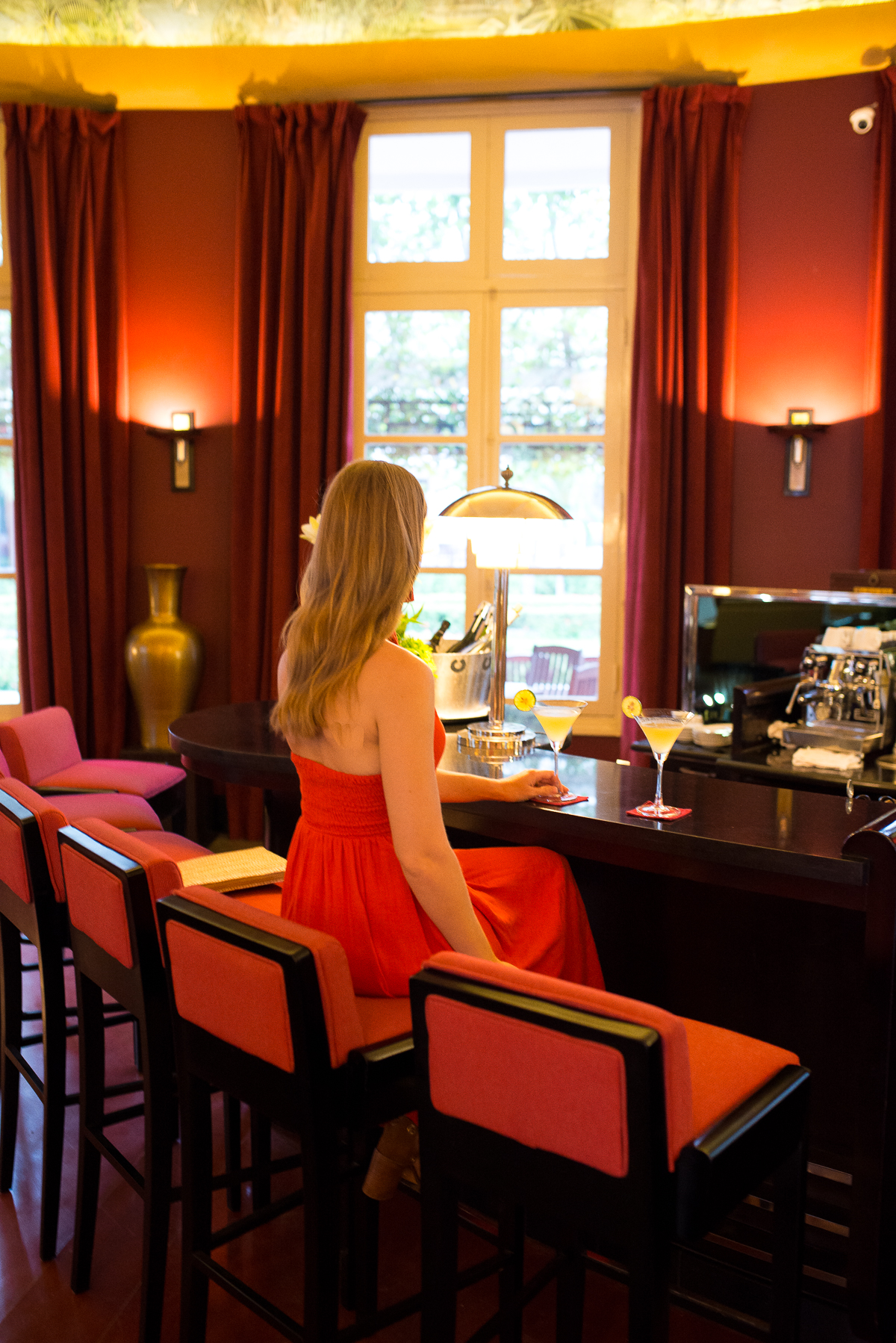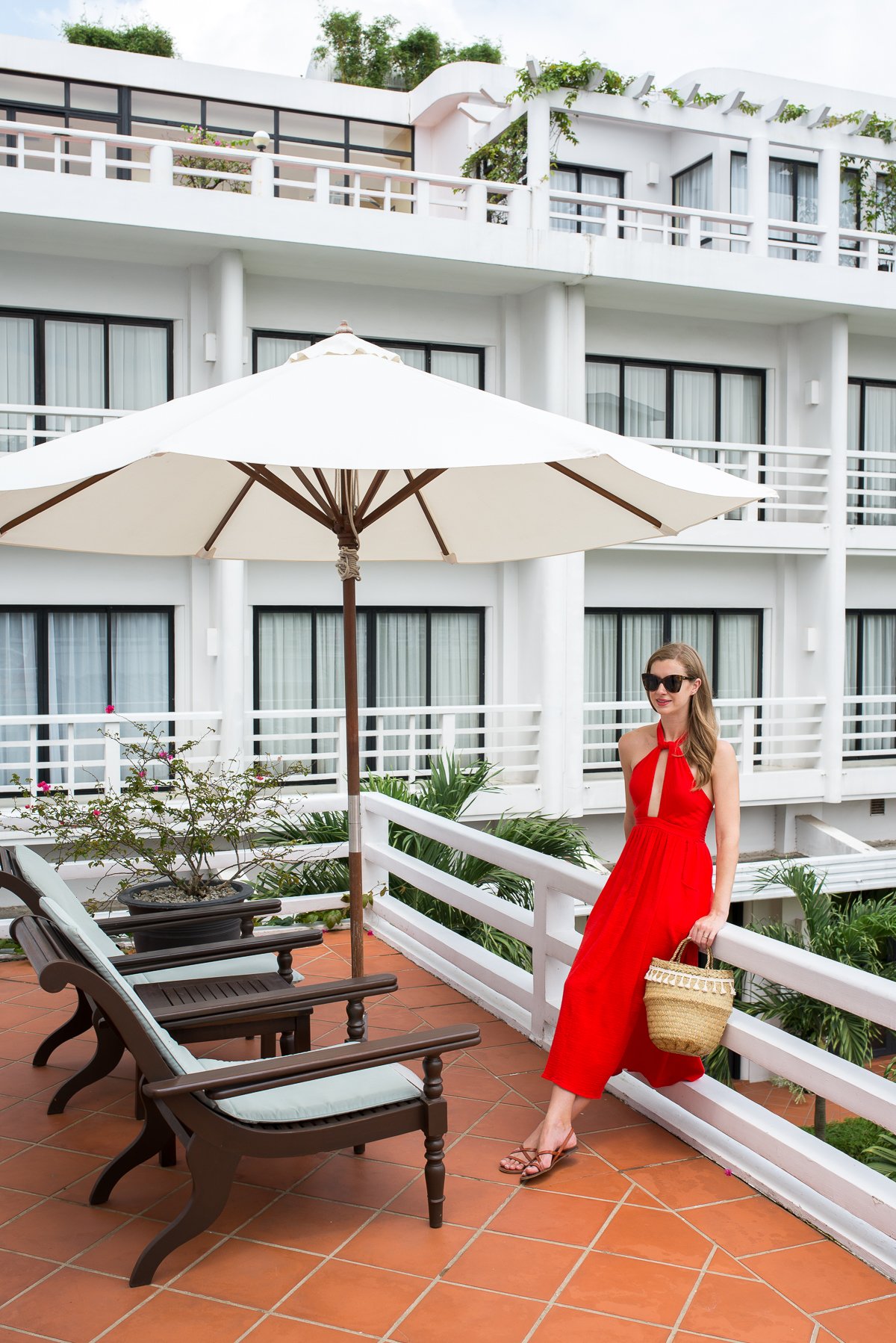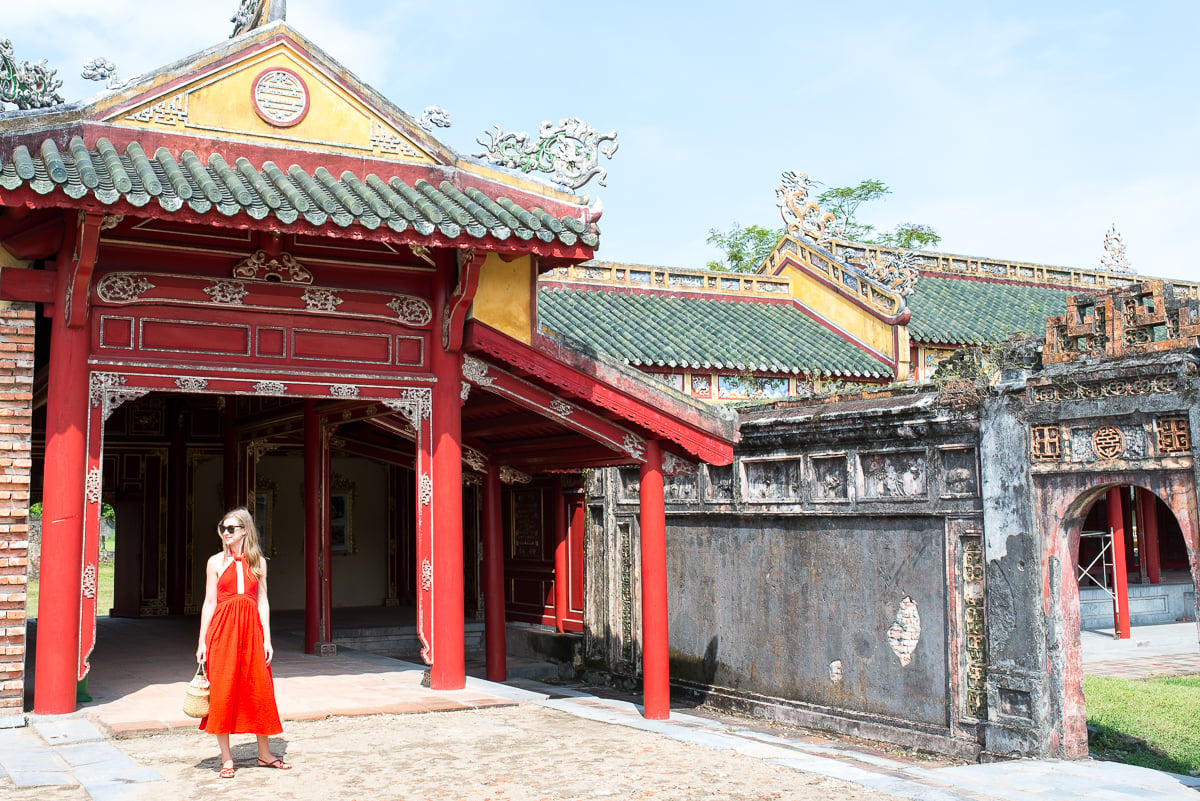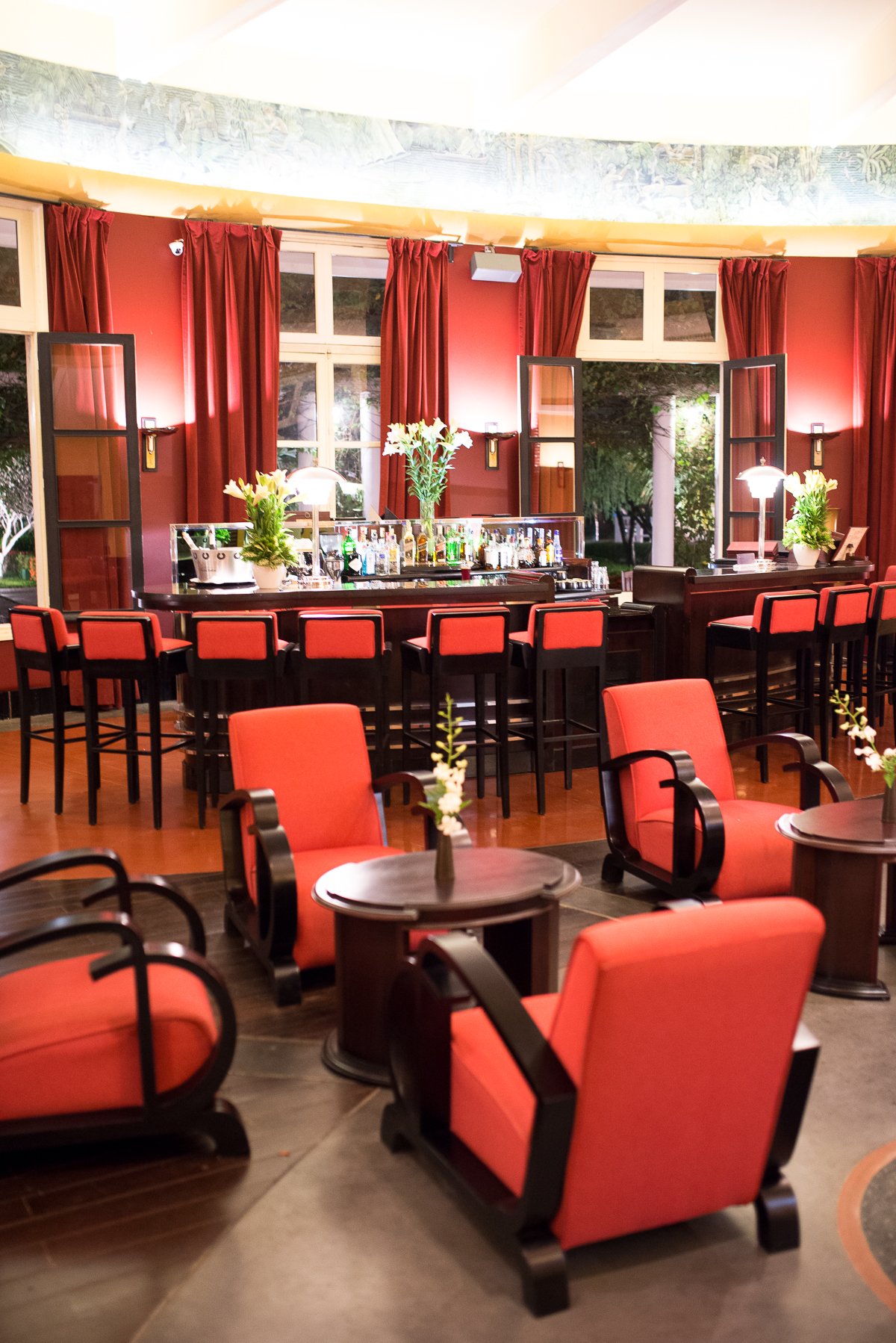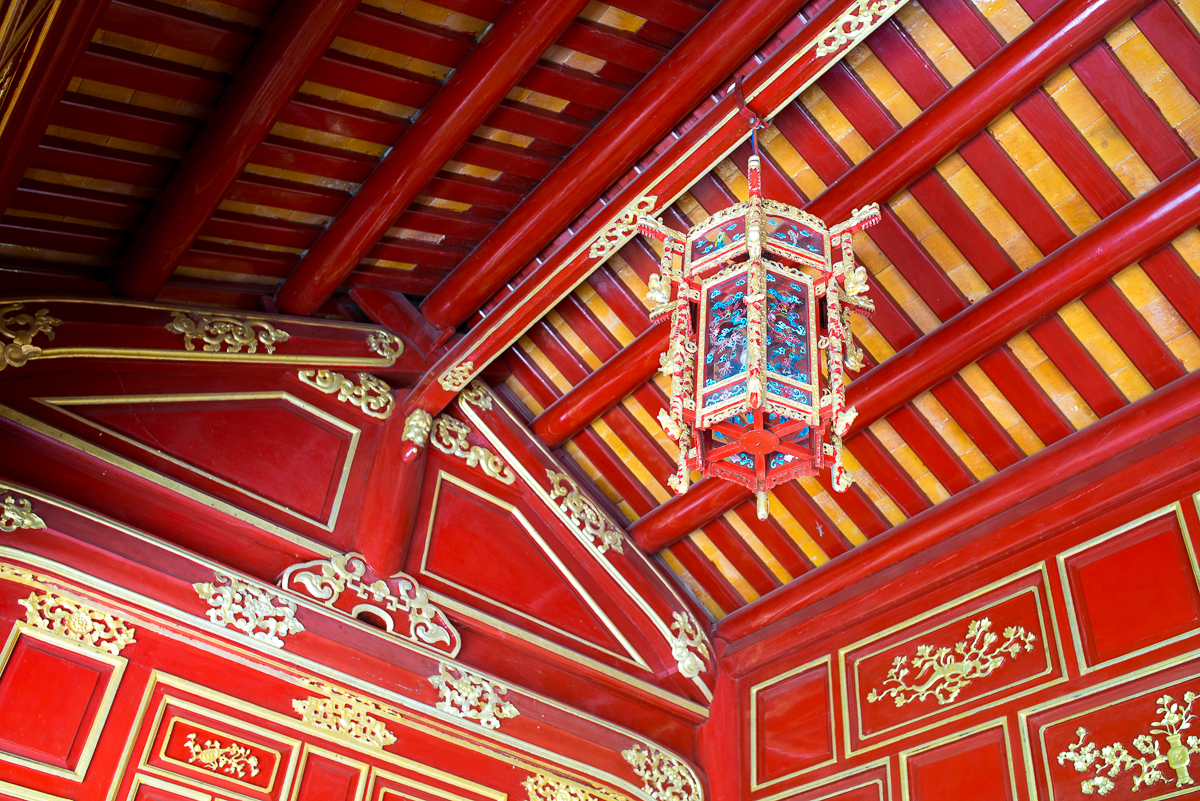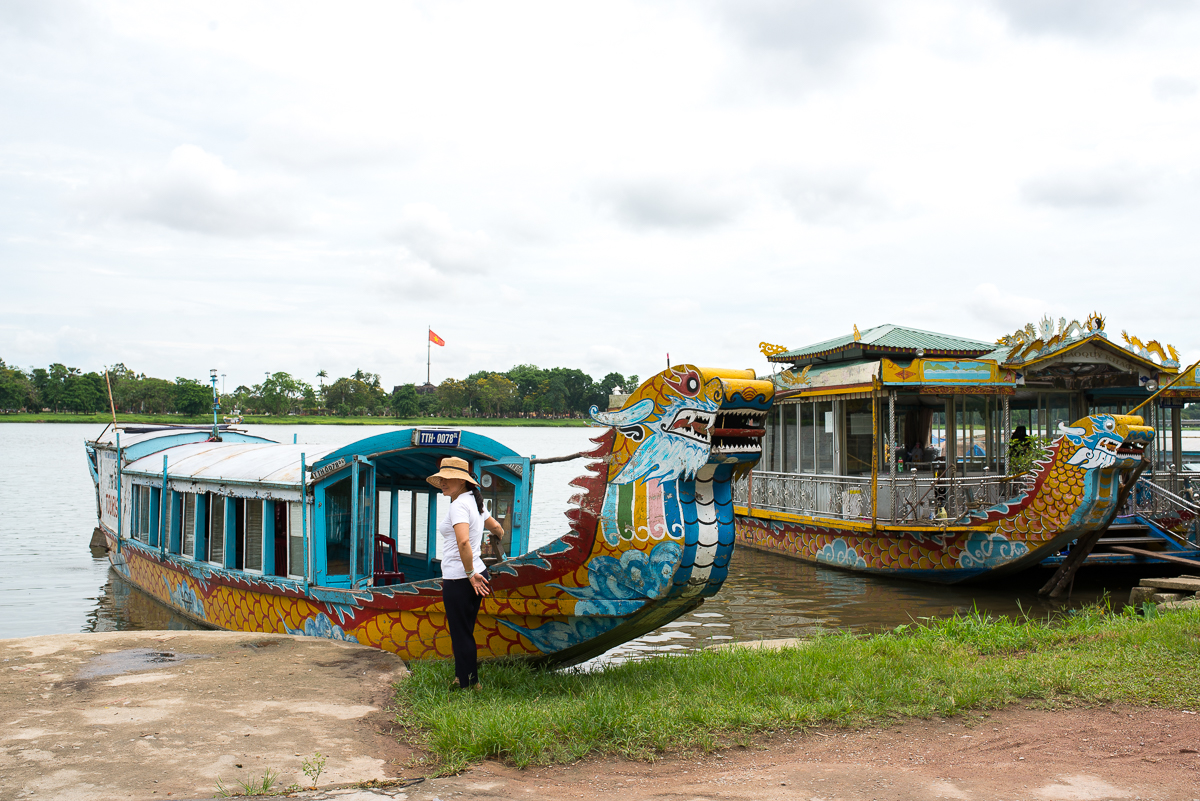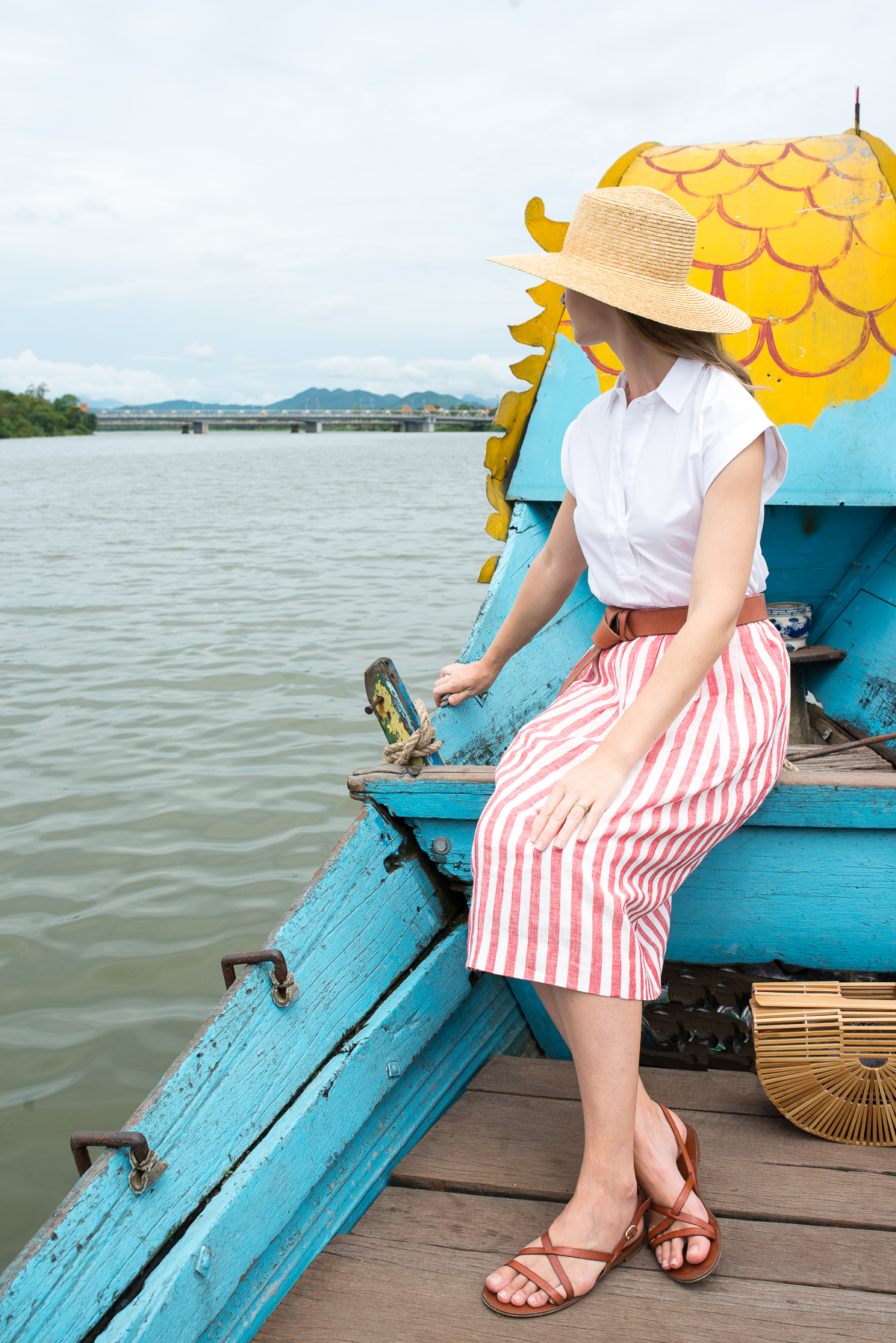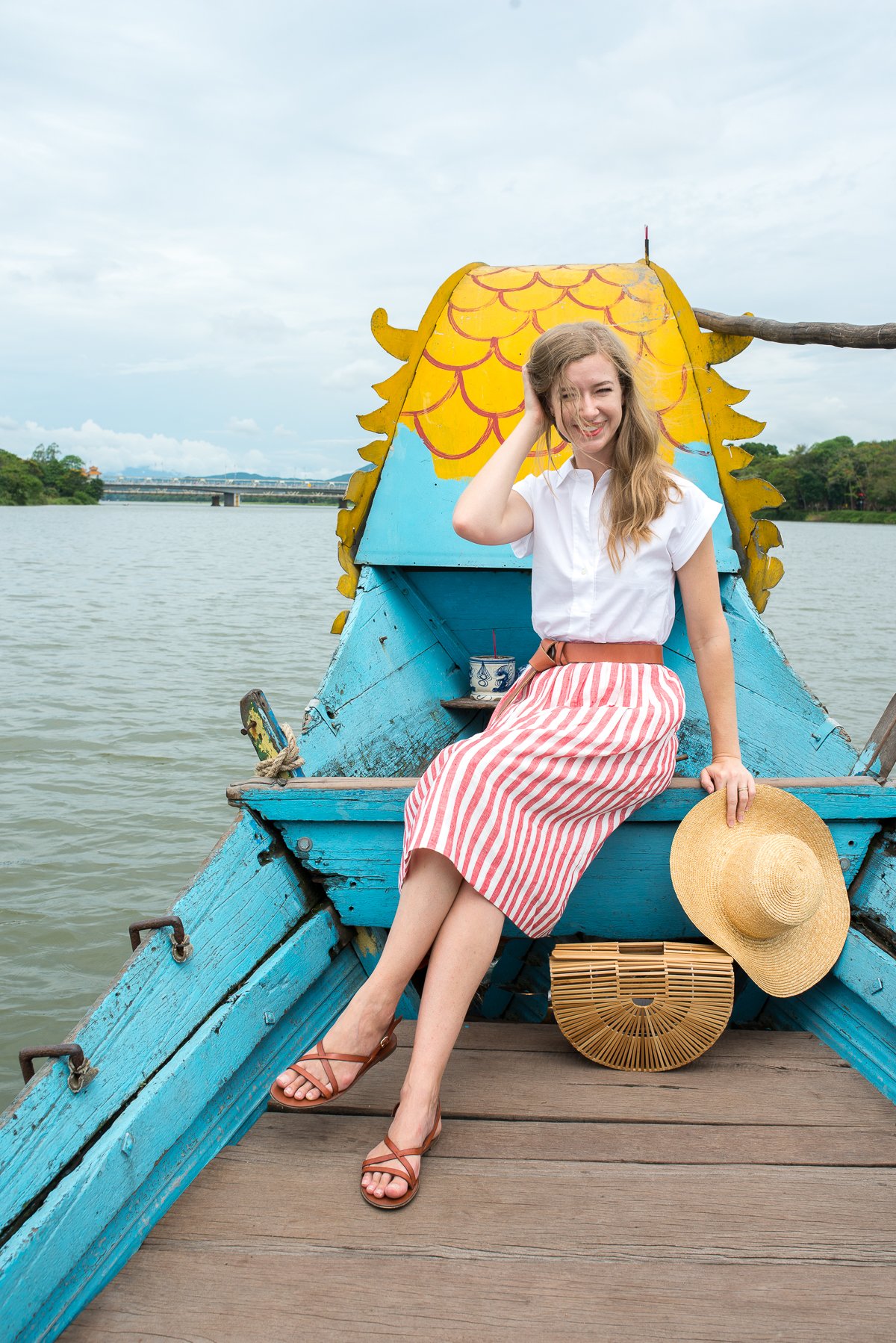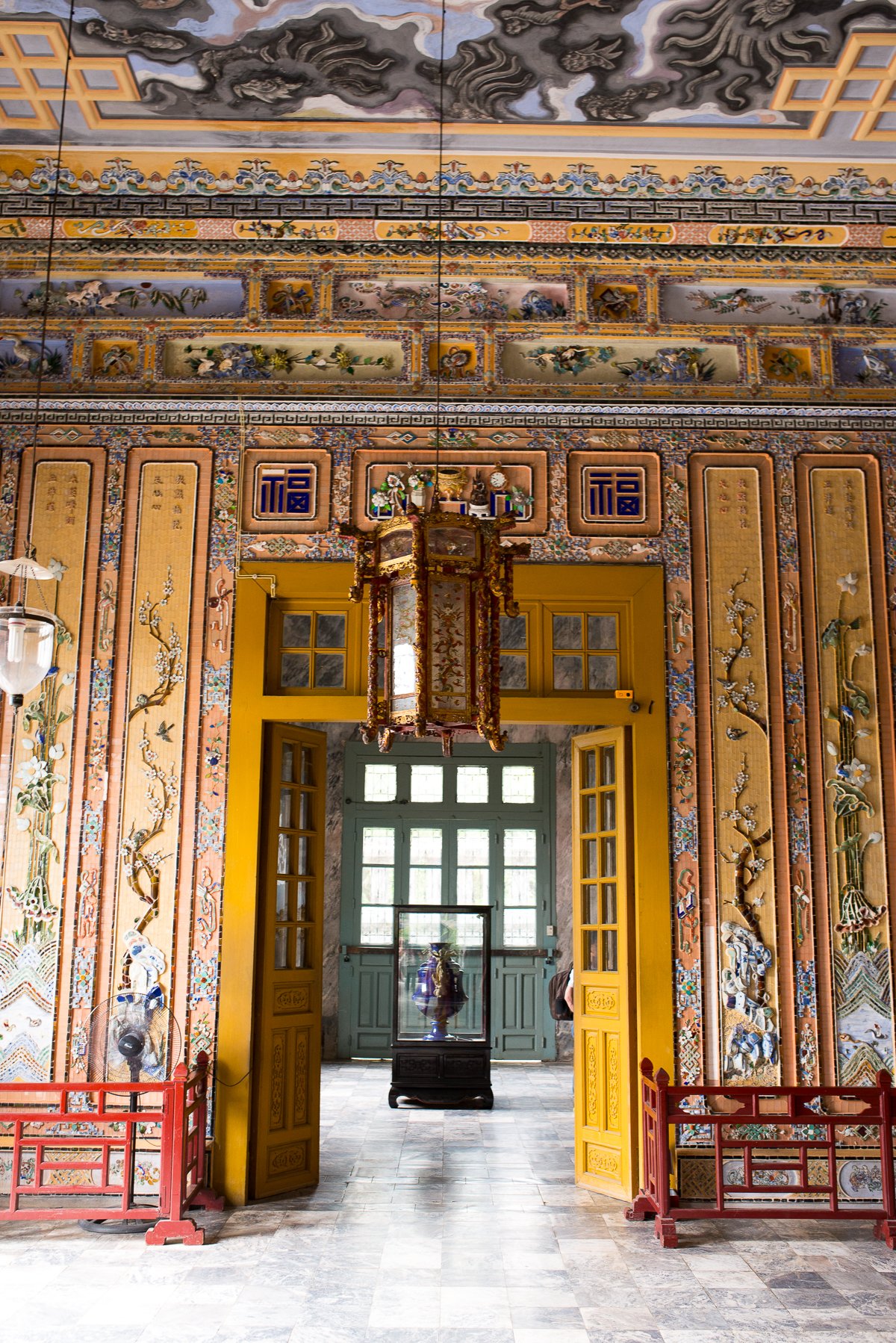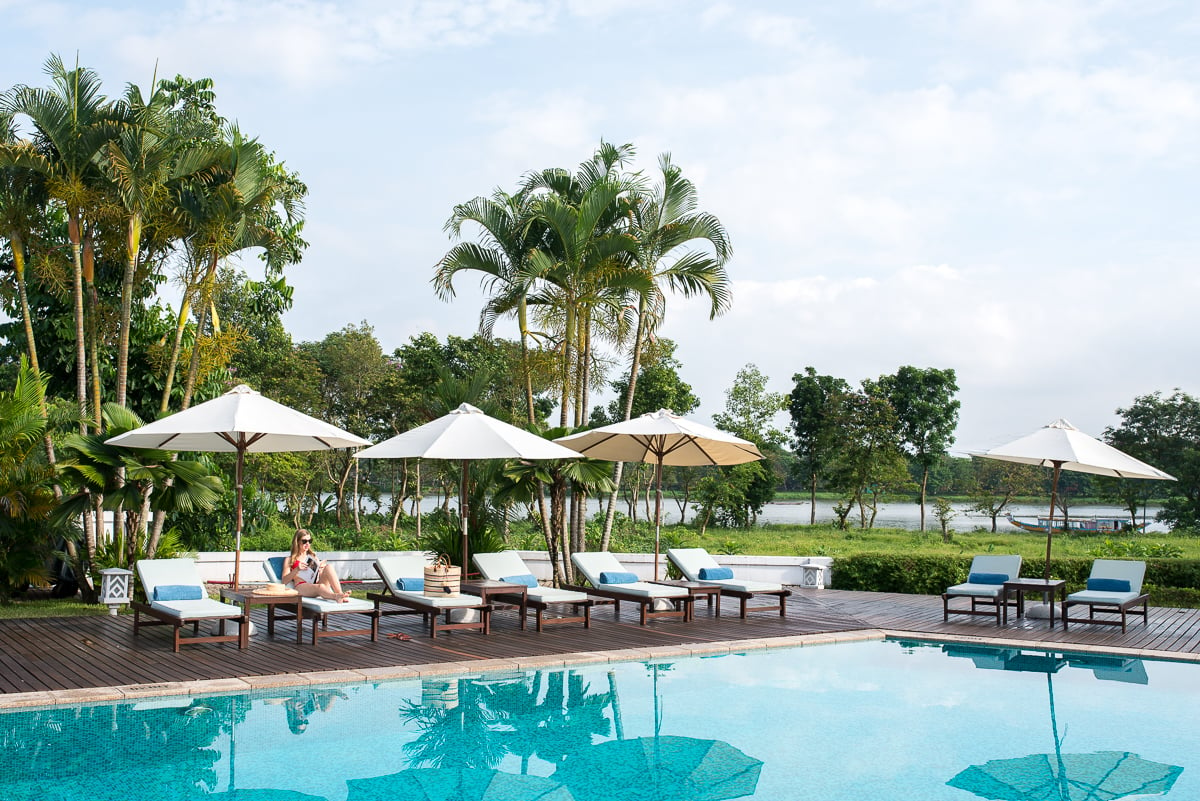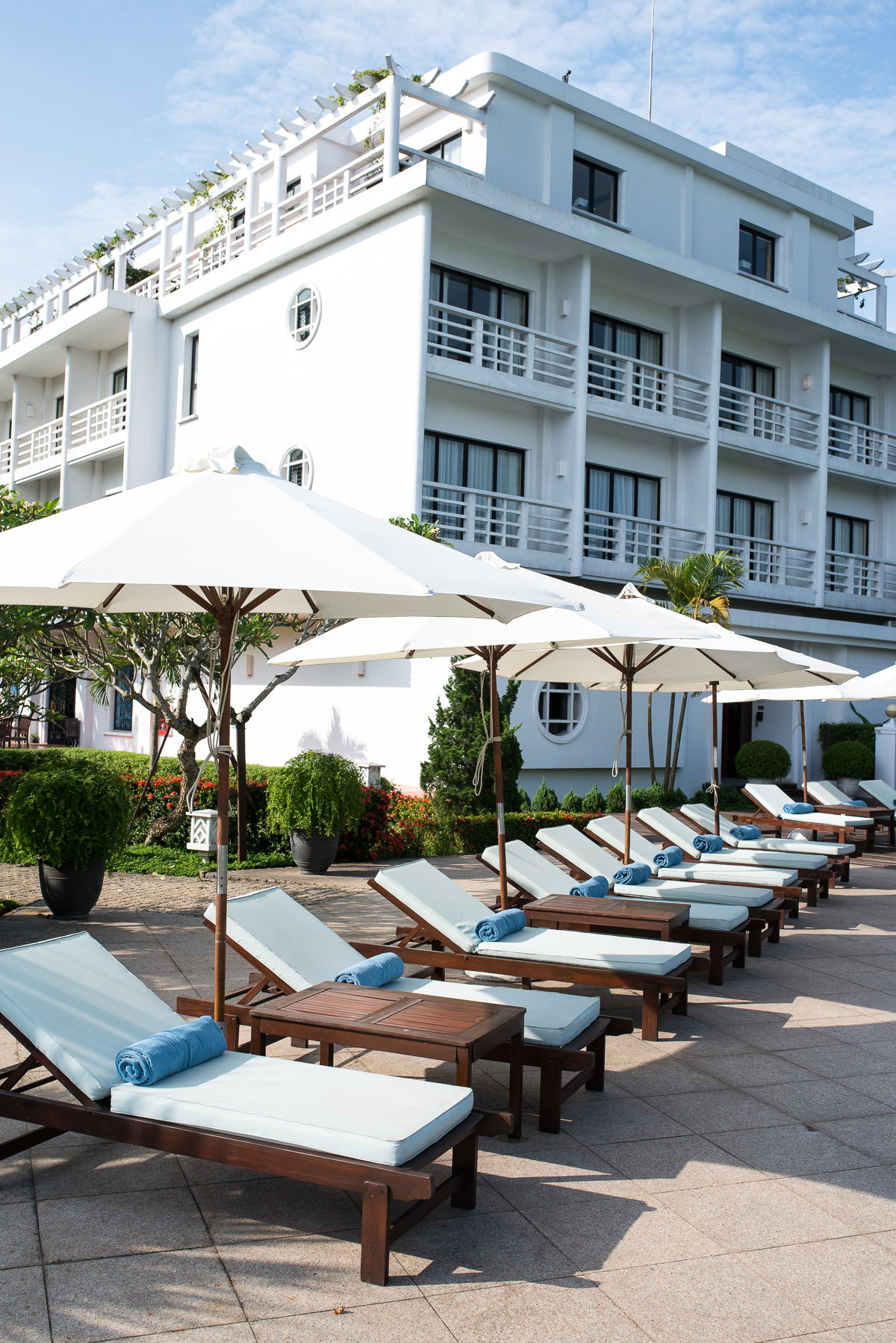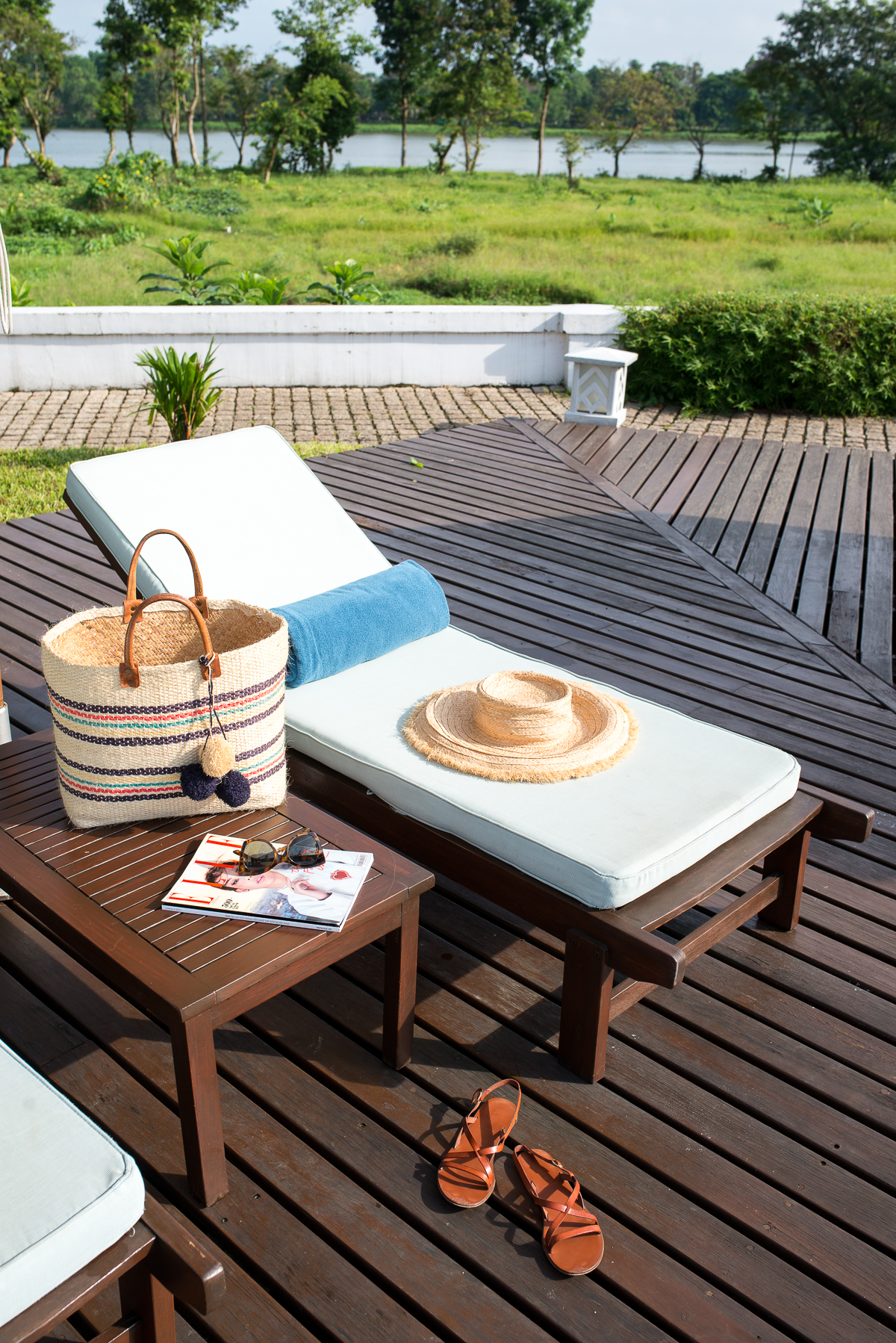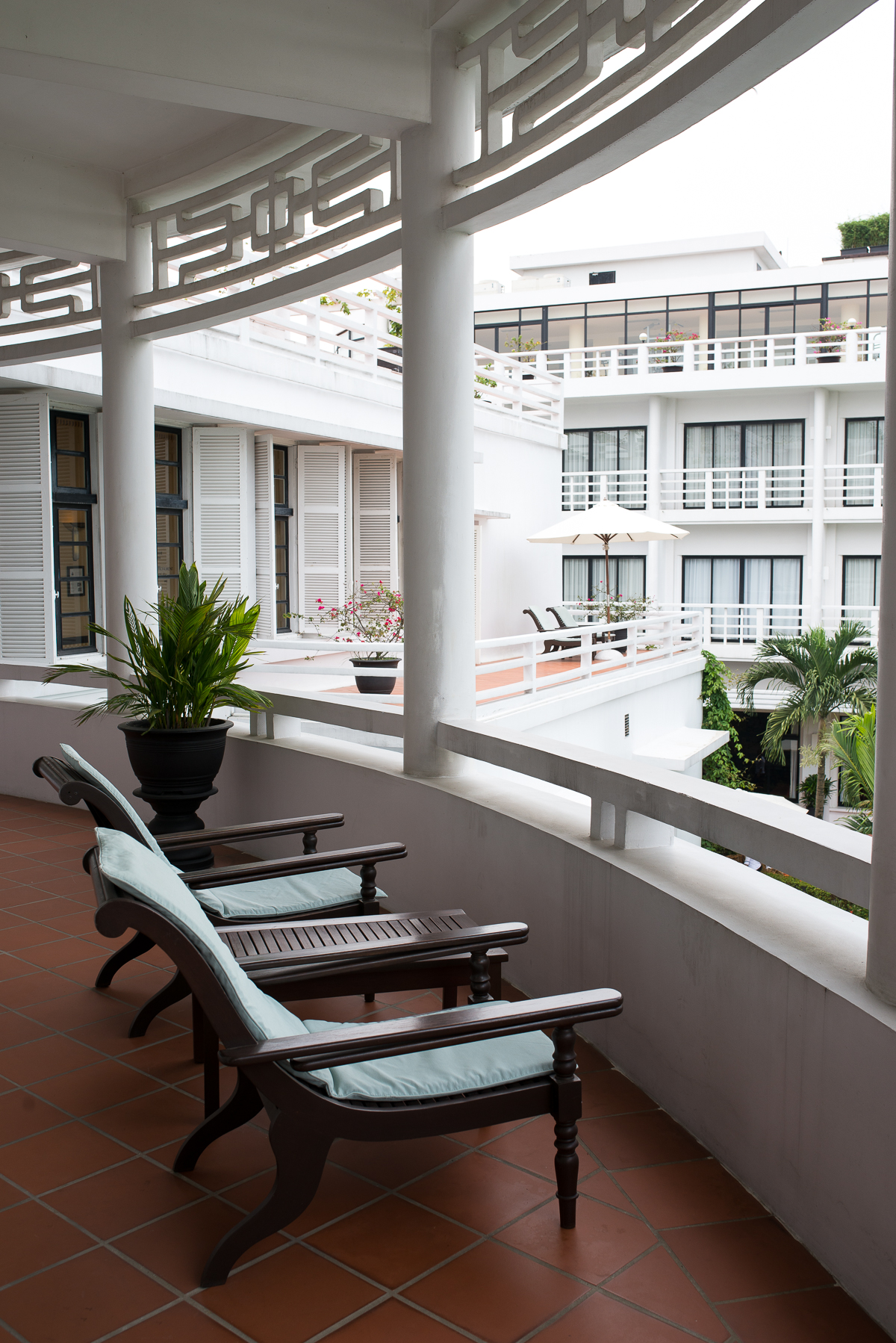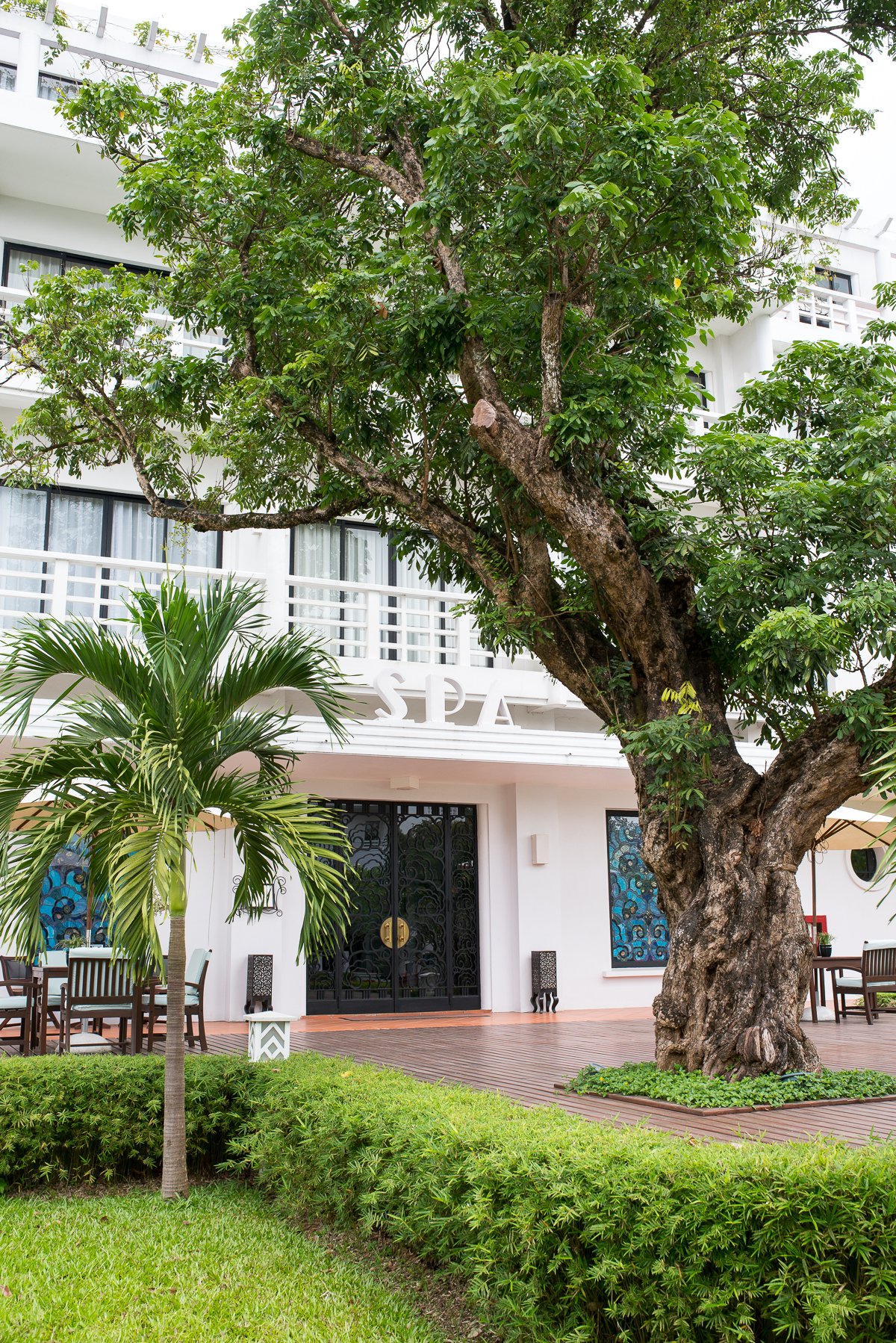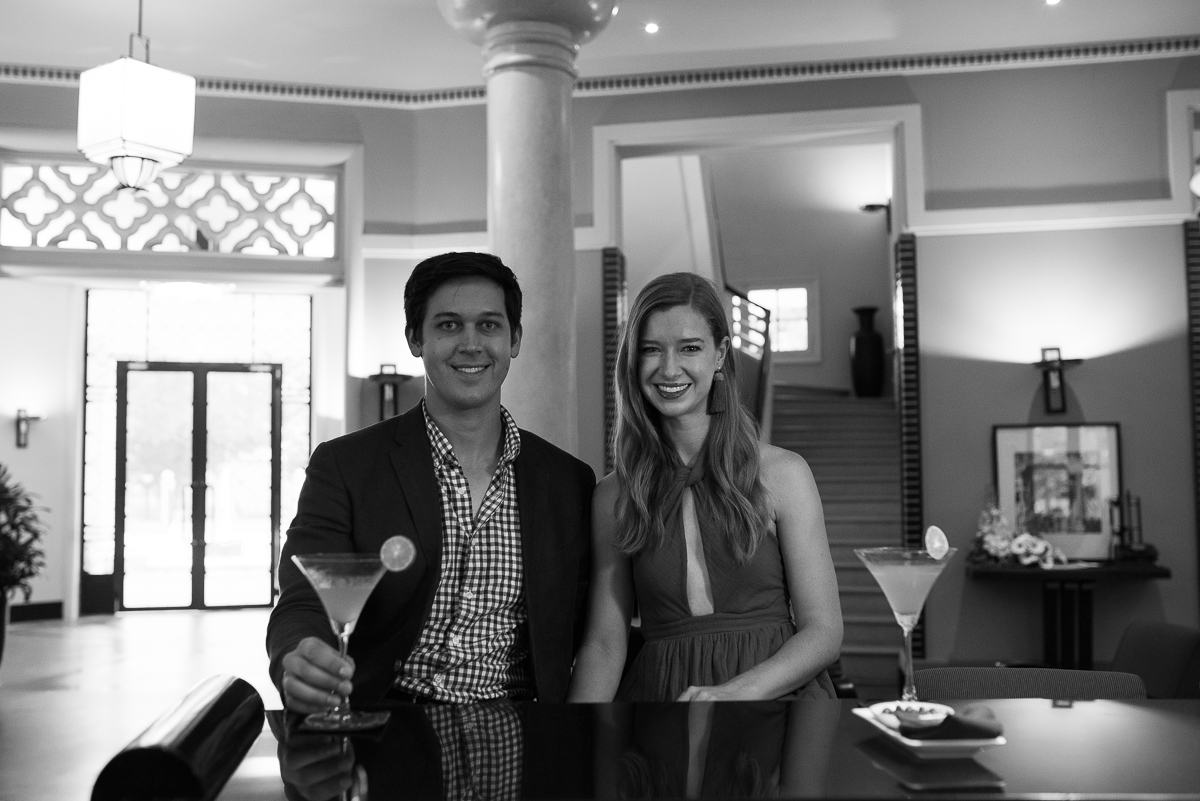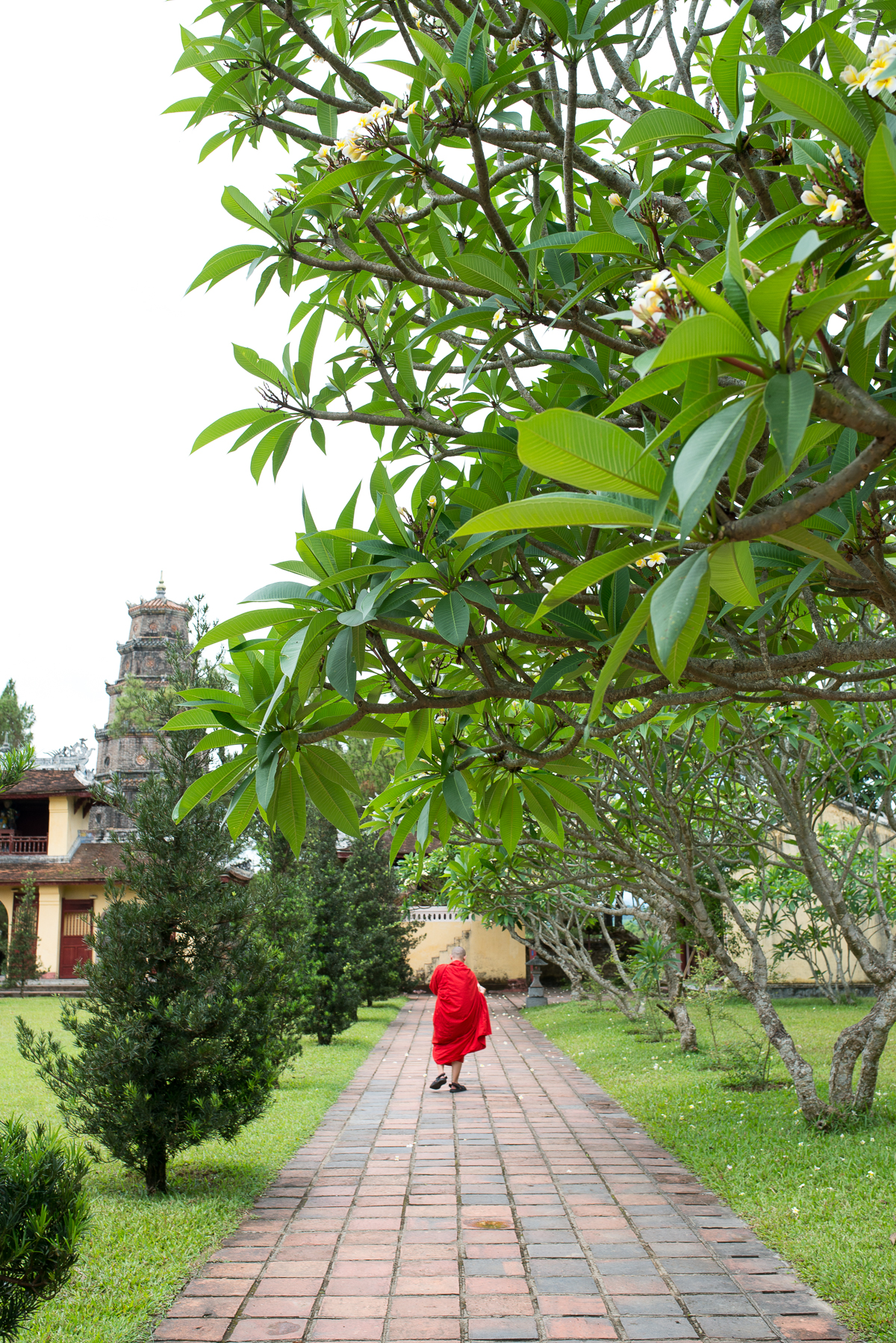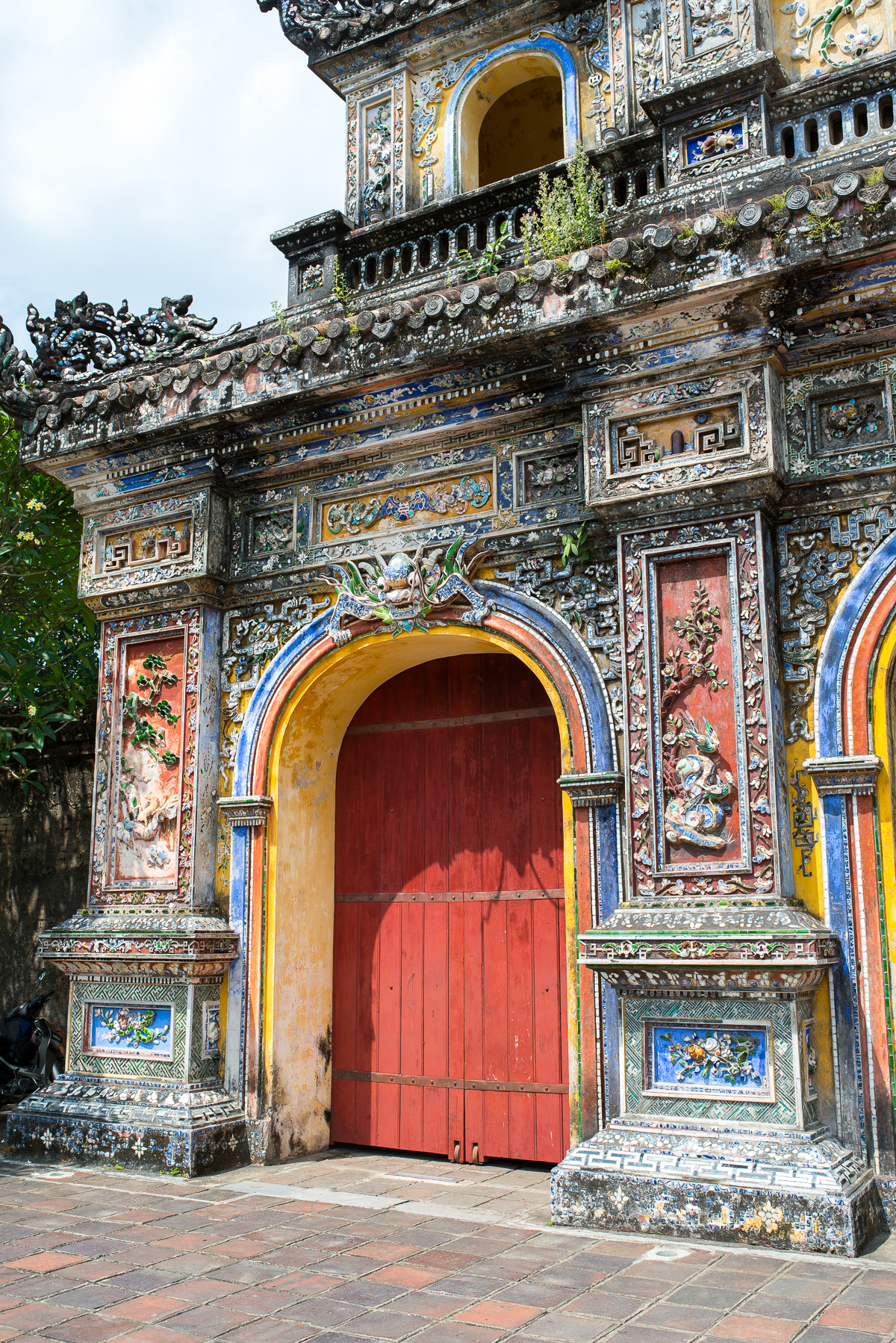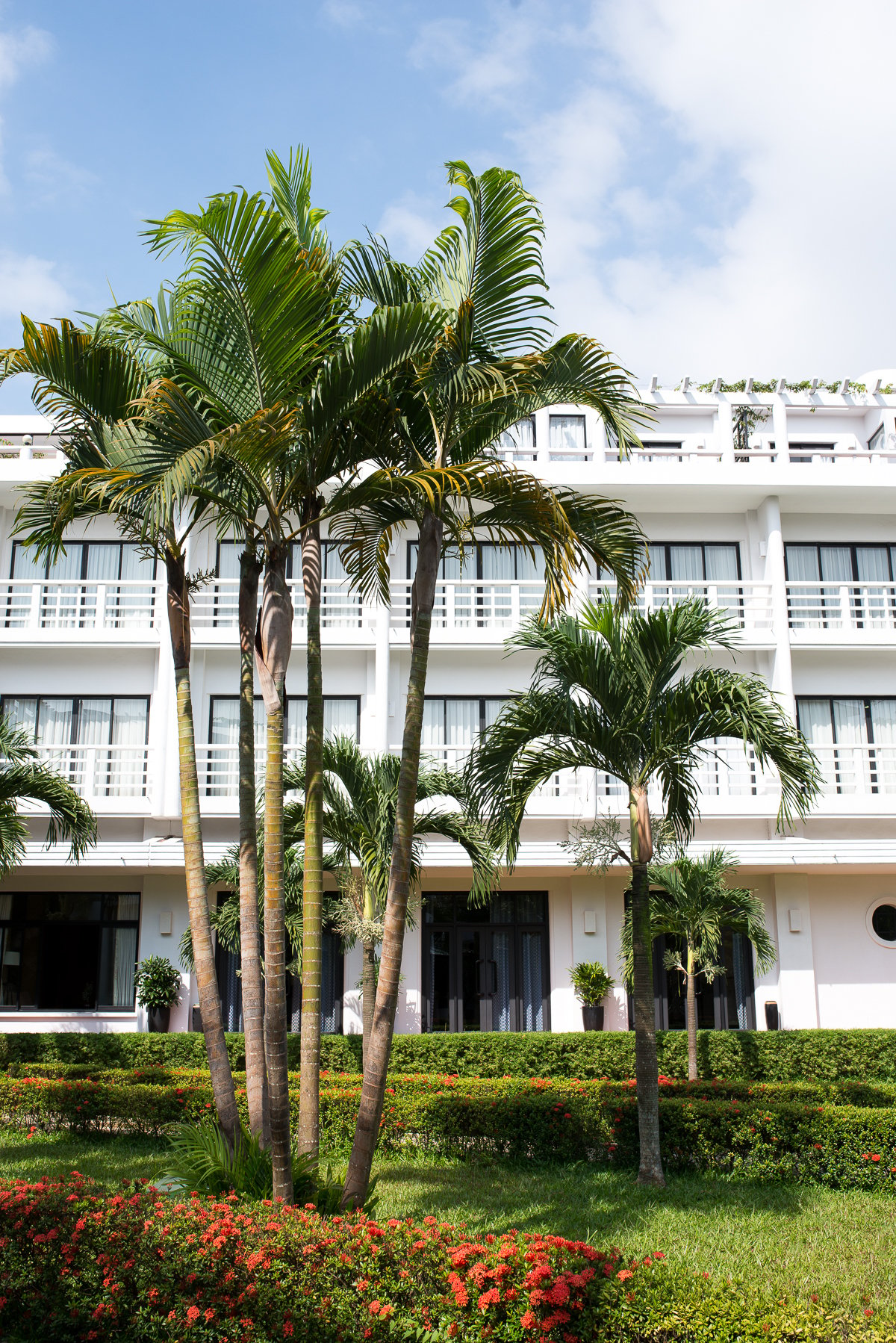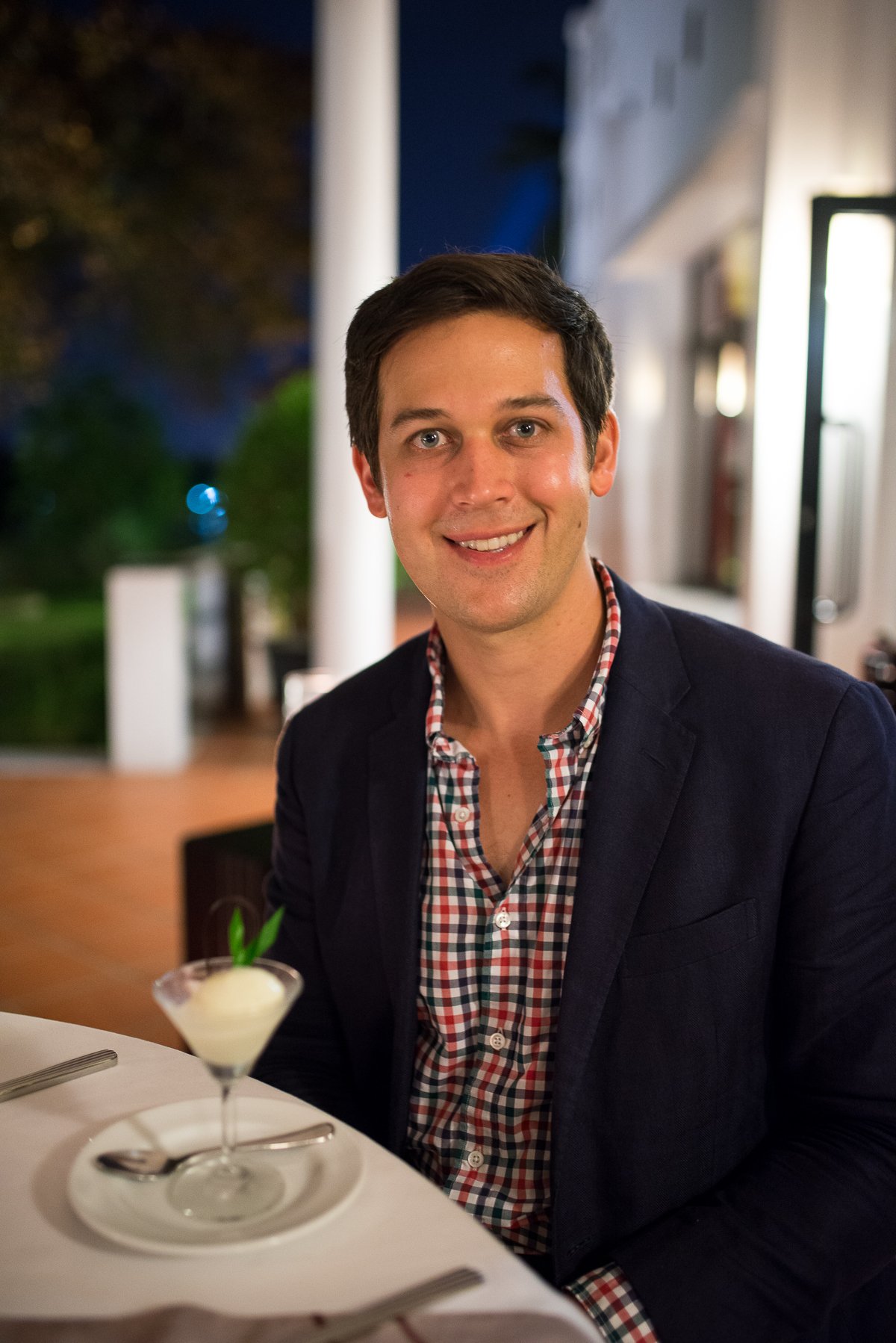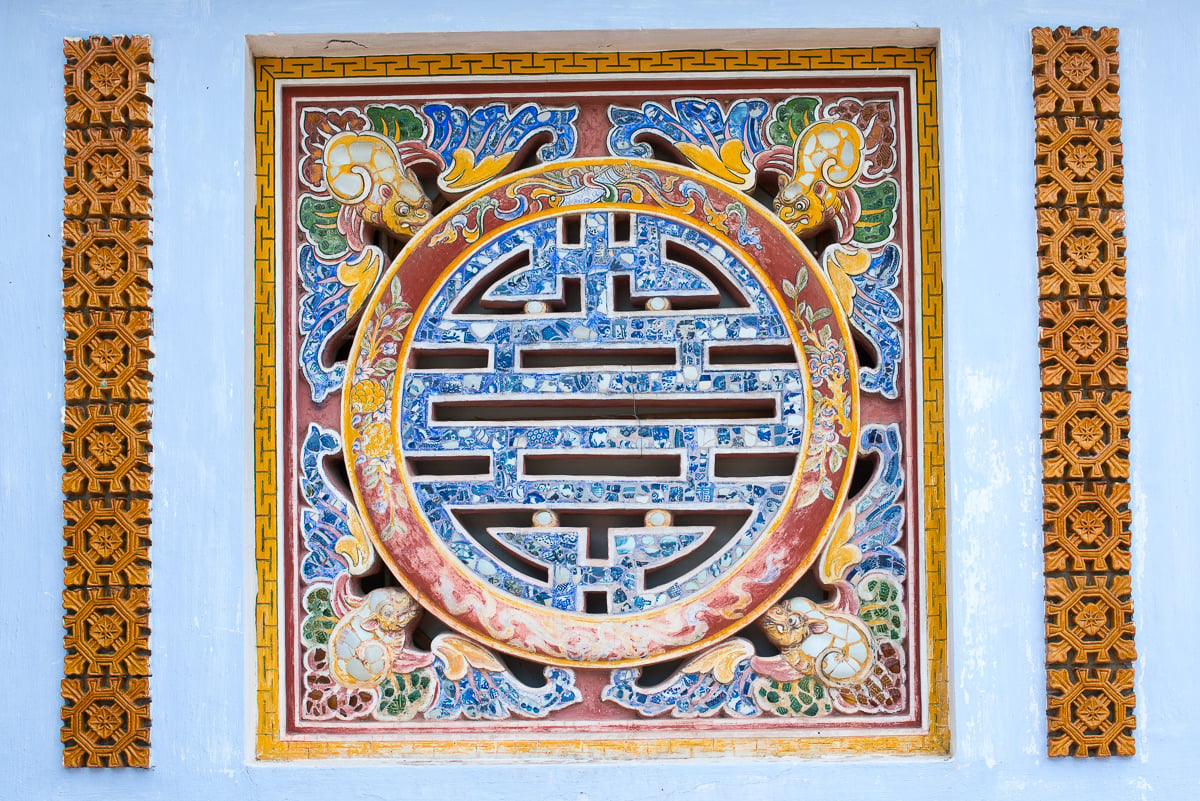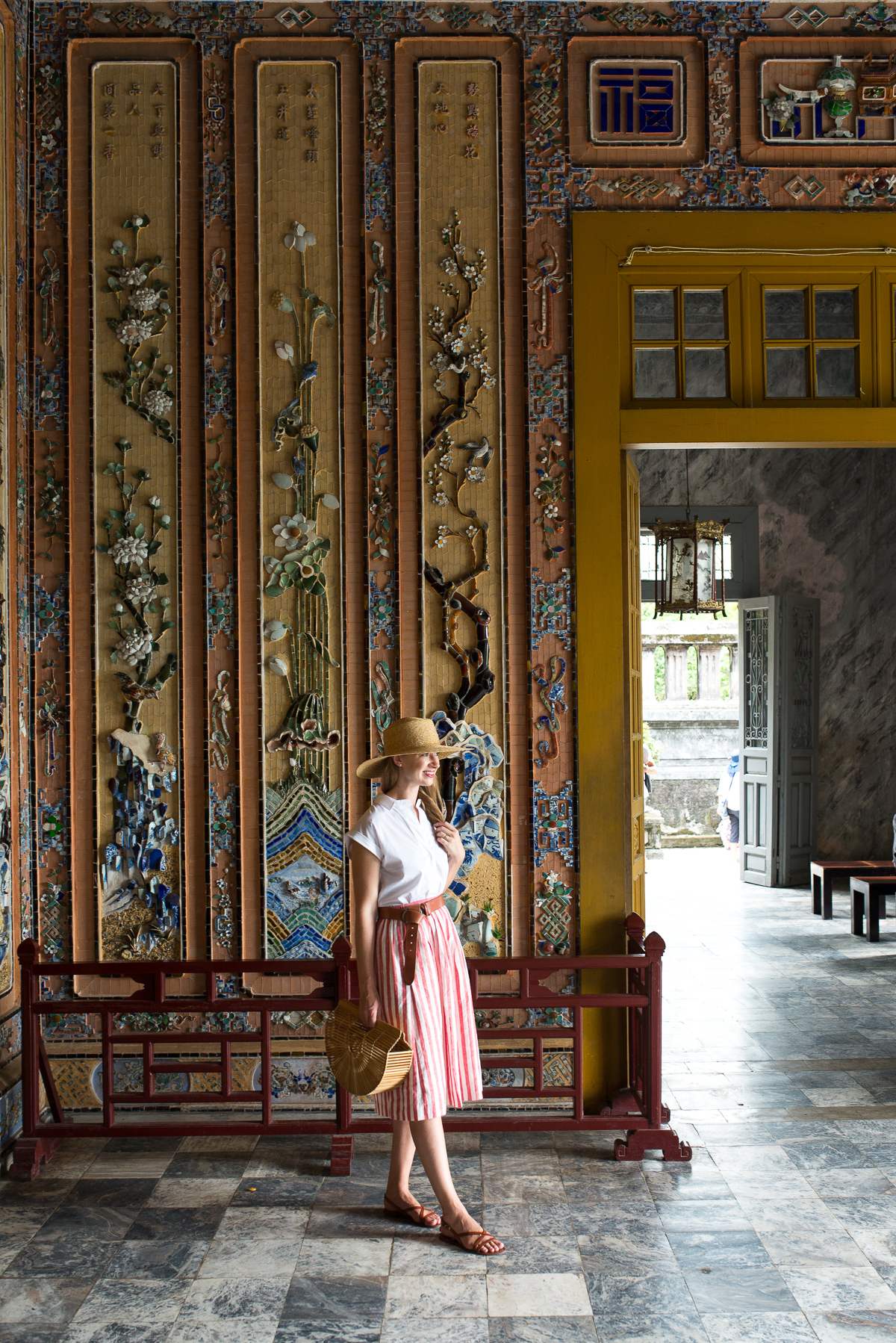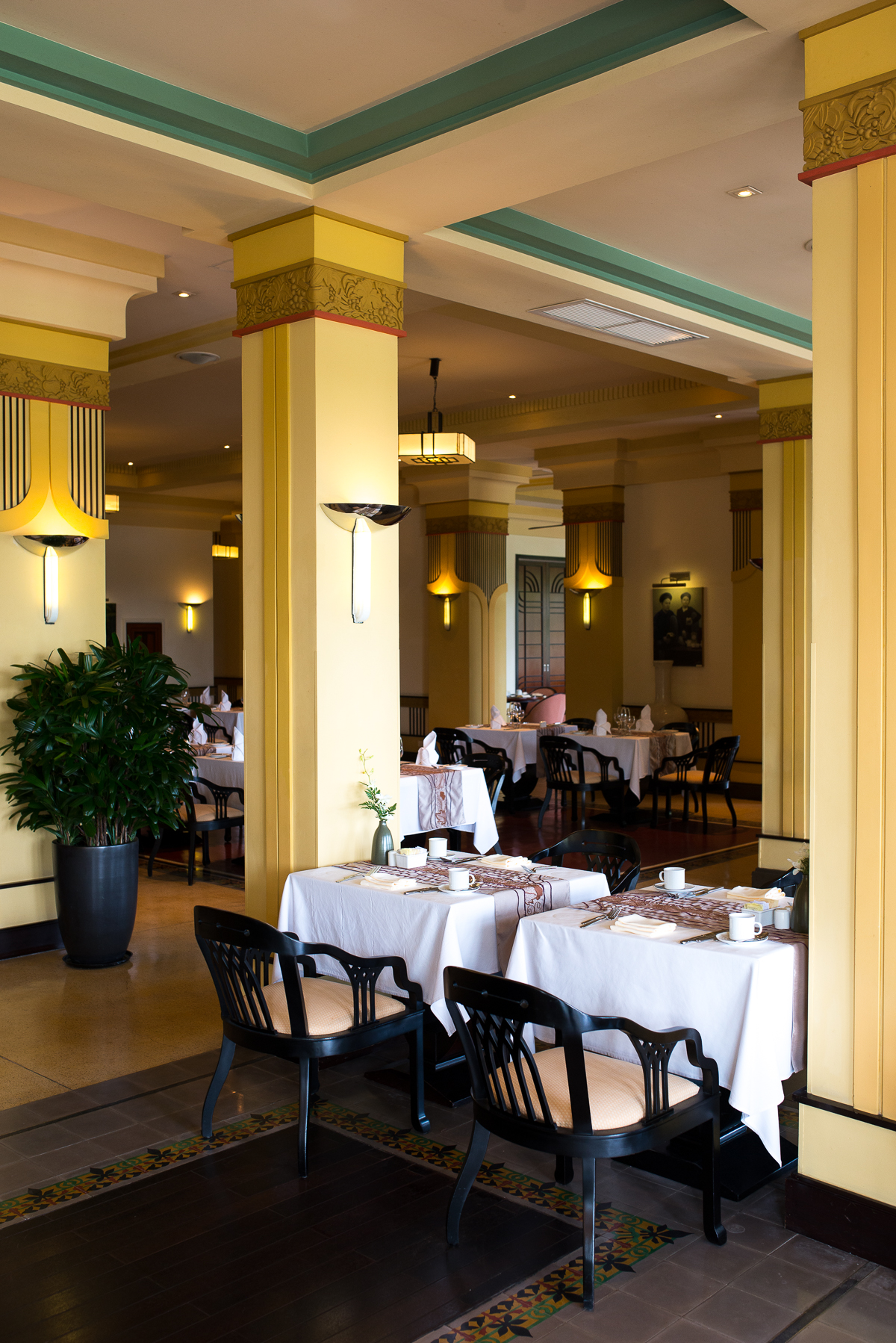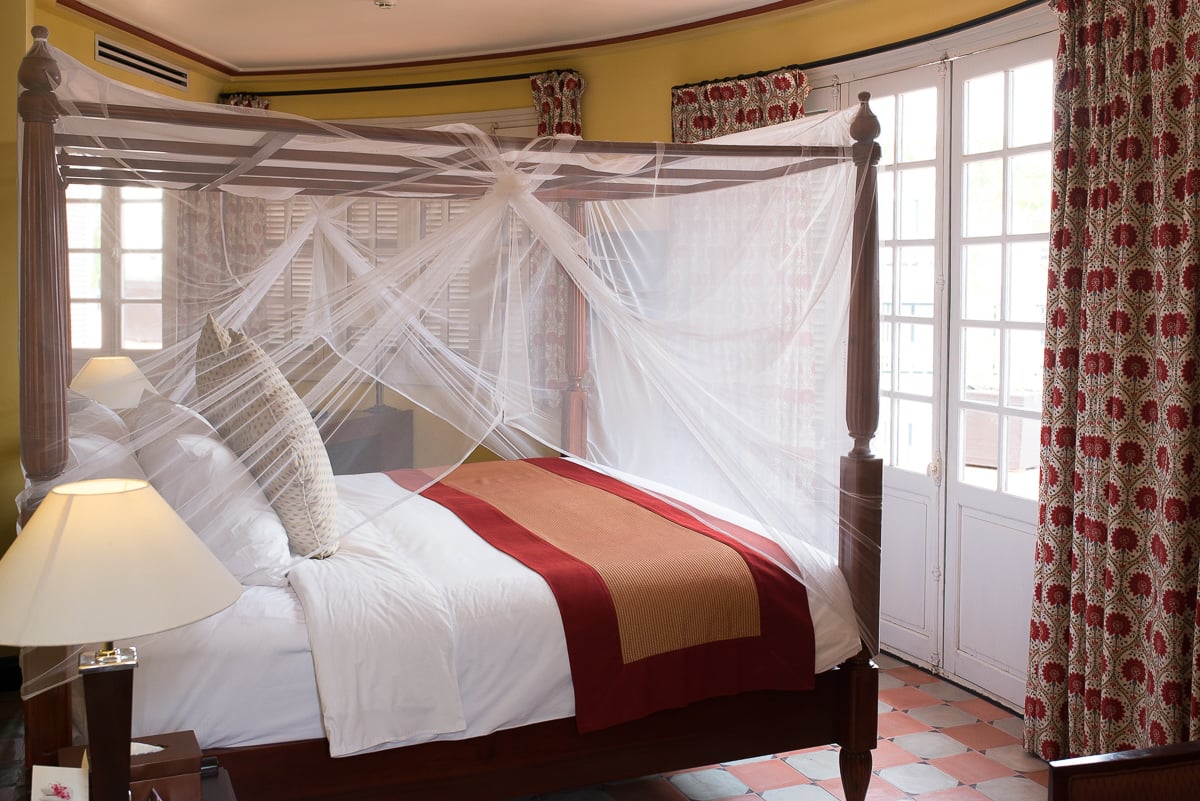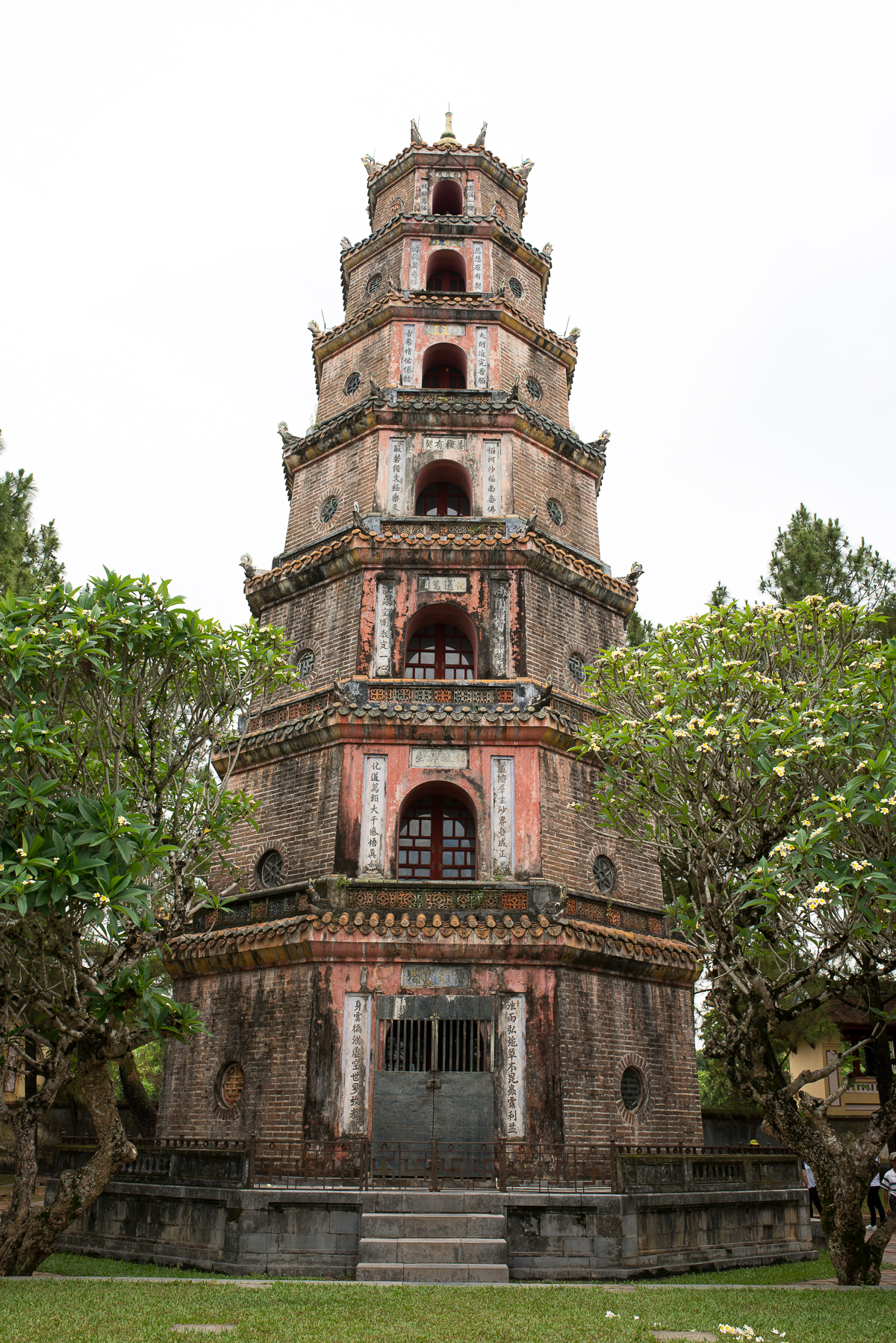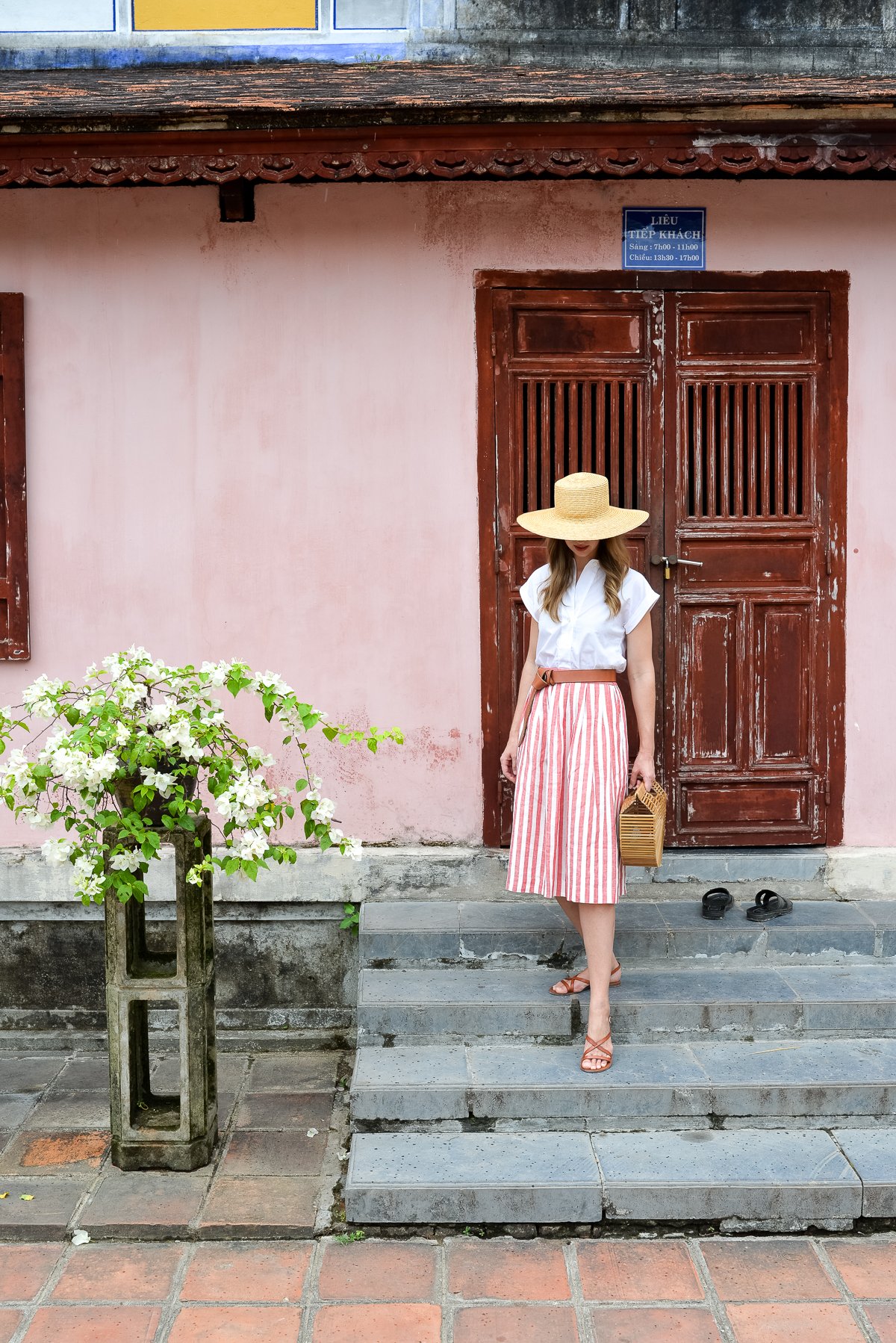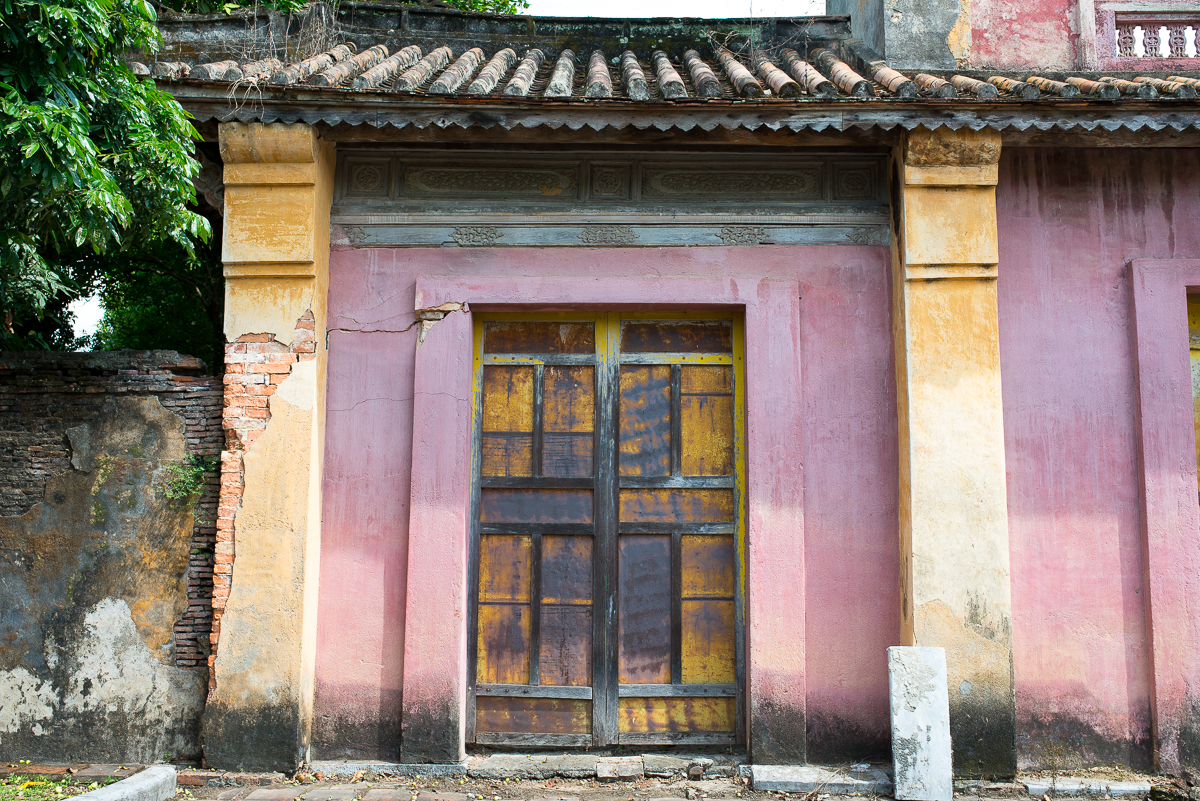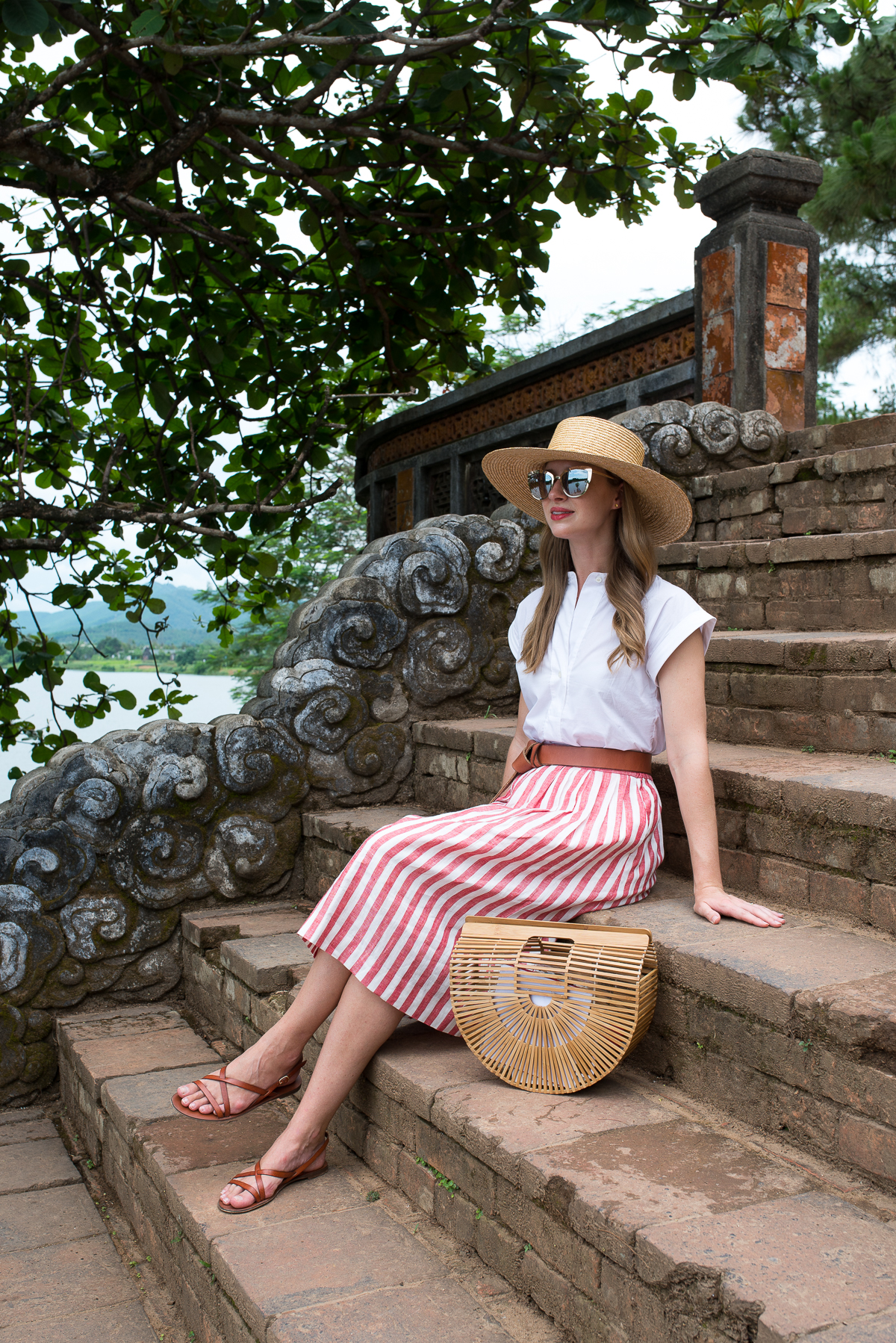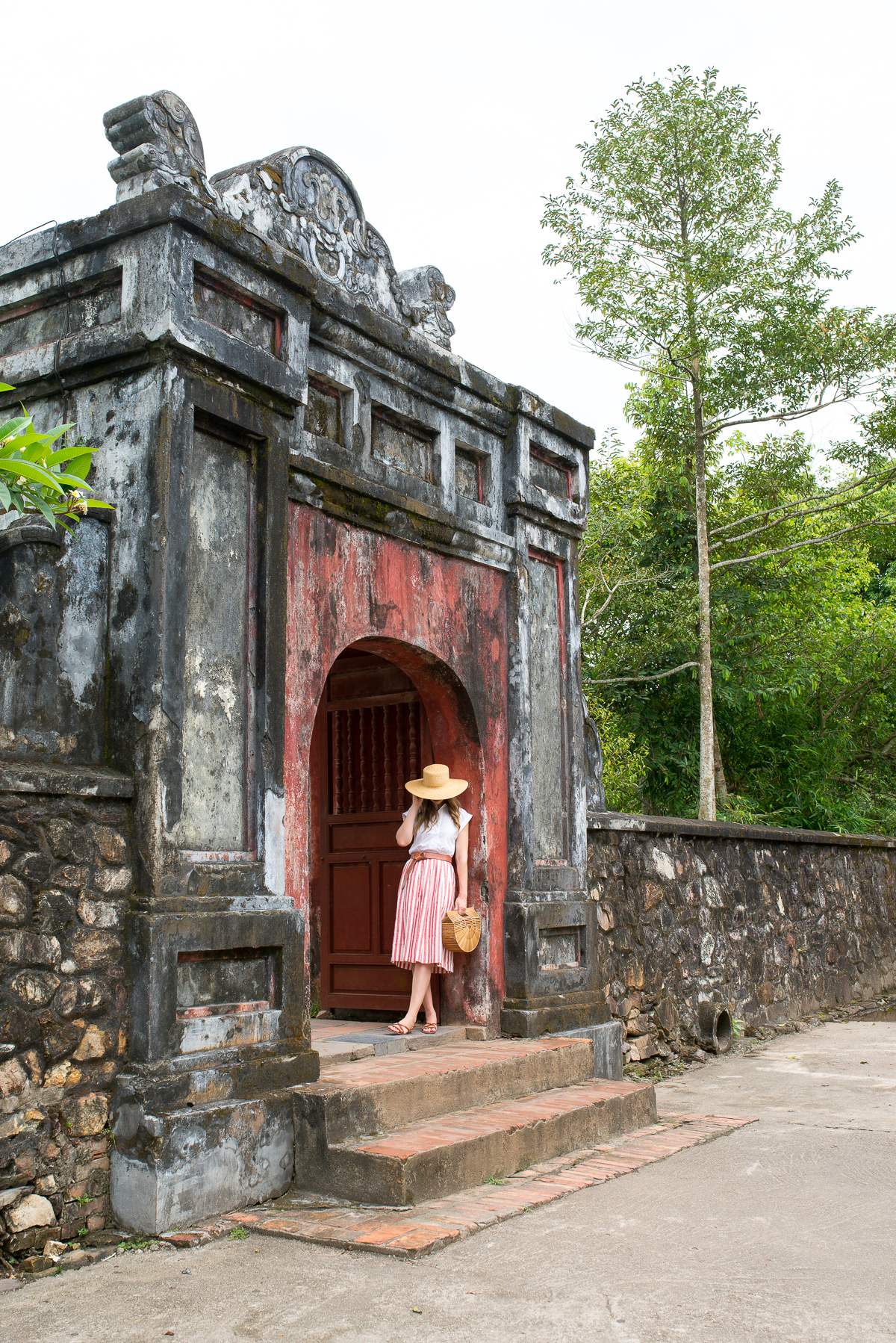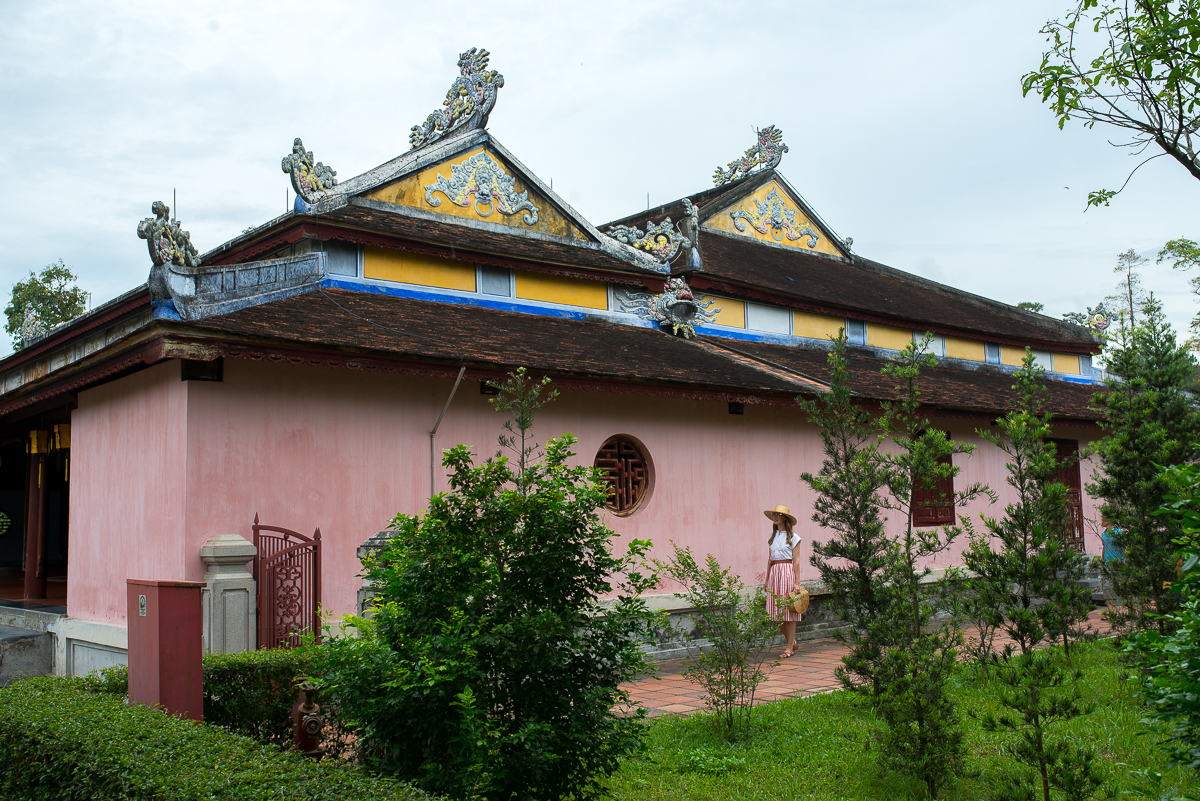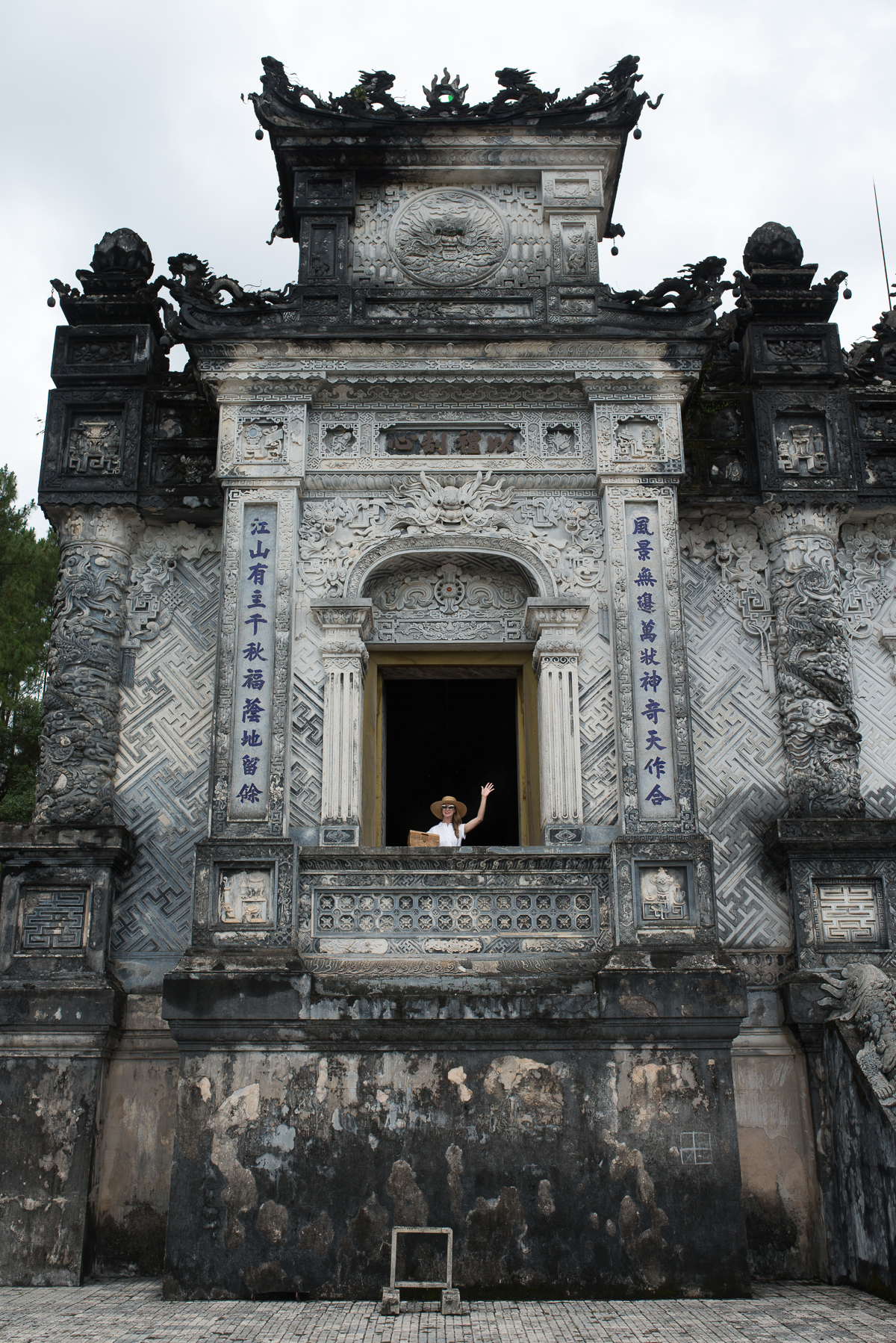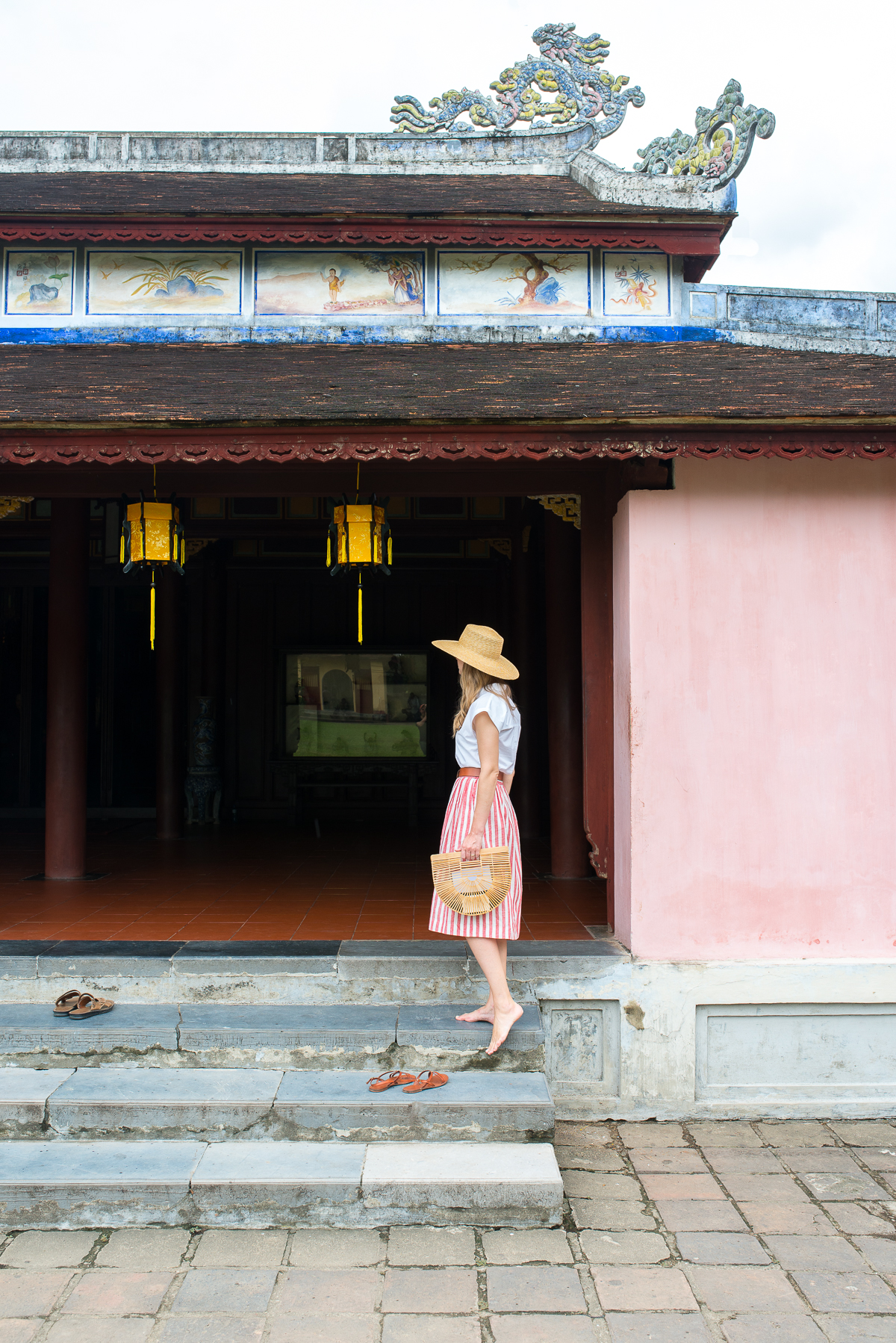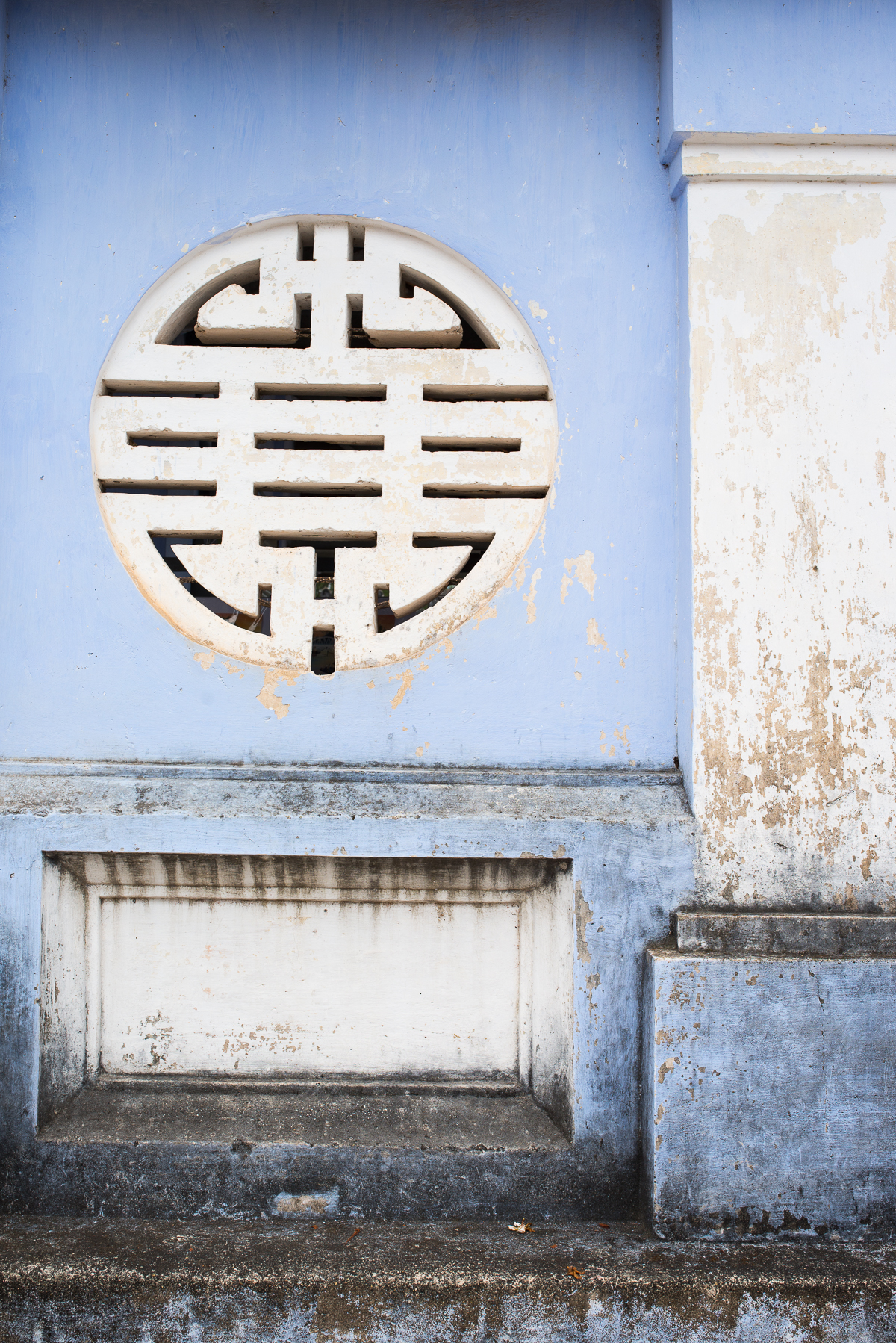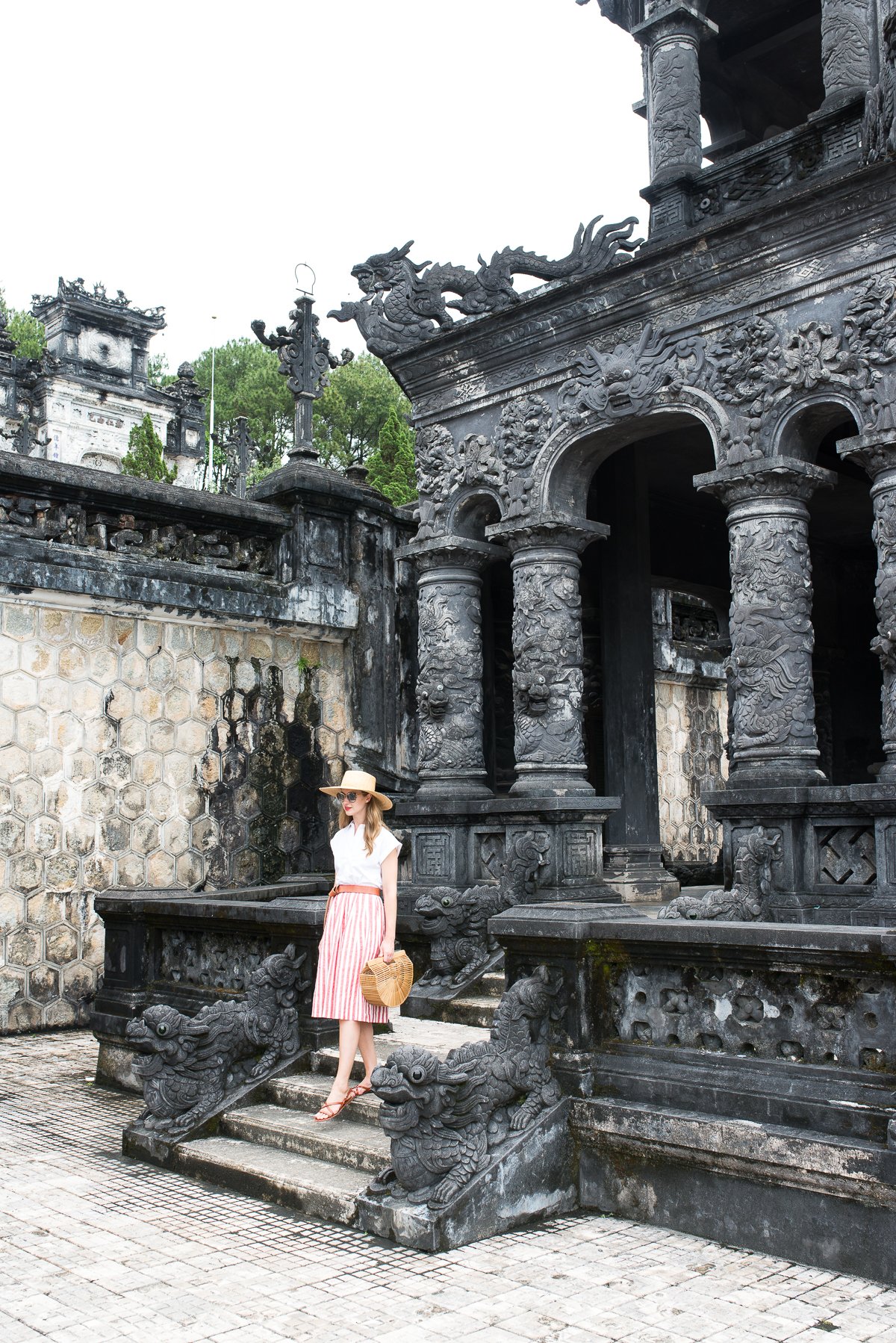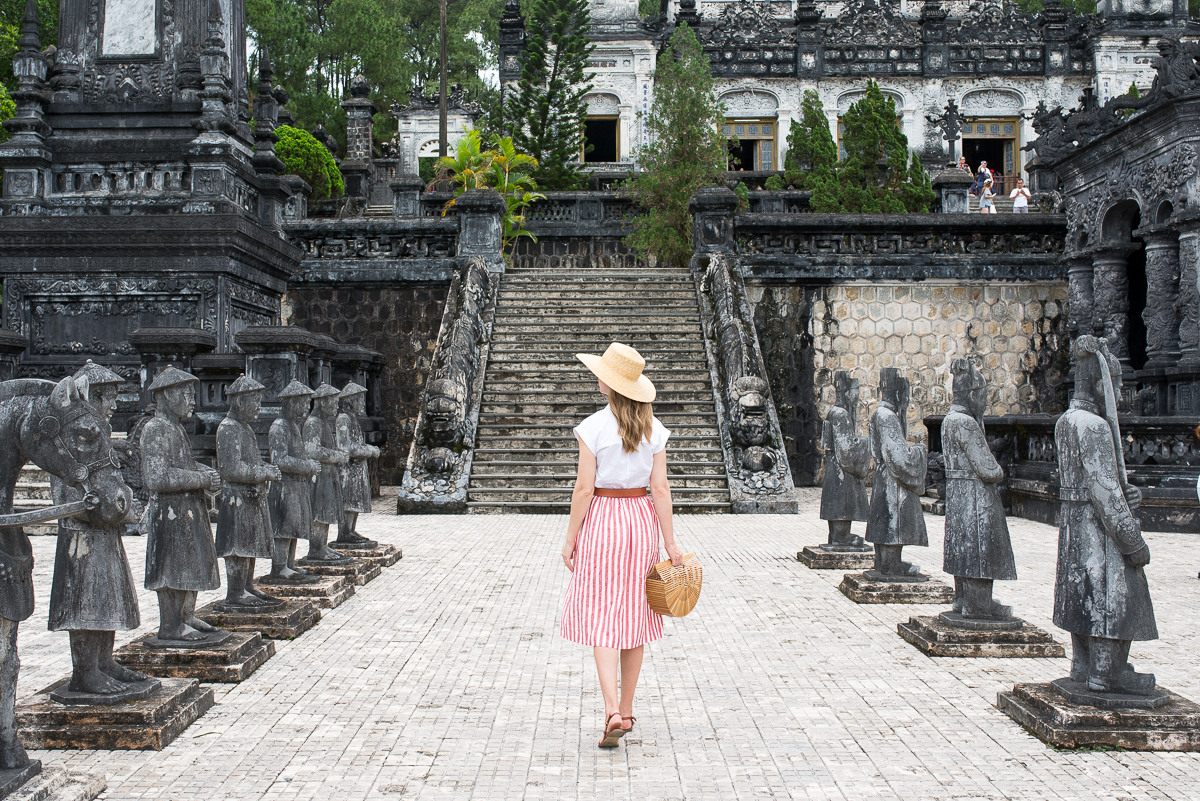After our time in Saigon, we flew north to Hue, near the central eastern coast of Vietnam. Hue is the ancient imperial capital of Vietnam, and the seat of Vietnamese rule from the 19th through mid-20th centuries. Lining both sides of the beautiful Perfume River, it is well known for a distinctive food tradition and political landmarks, including the Imperial Citadel, Pagoda of the Celestial Lady, and ornate tombs of the emperors. After our taste of modern Vietnam in Saigon, we were excited to immerse ourselves in the impressive past of Vietnam’s imperial era.
We touched down in Hue and made our way to La Residence, a grand Art Deco mansion built as the former French colonial governor’s private residence. La Residence flanks the Perfume River across from the entrance to the Imperial Citadel. Walking into the central foyer of La Residence, it was easy to imagine the former dignitaries and honored guests that frequented the space. Completed in 1930, the property is one of the best examples of French Art Deco architecture I’ve ever encountered. We stayed in the Egyptian room, one of three suites on the property with a private balcony, and I felt like Daisy Buchanan in the opening scenes of The Great Gatsby simmering in the summer heat as we gazed out over the river.
Our first night, we explored the main town around Hue and took a stroll along the Perfume River, sorting out our itinerary the next day. In the evening, we had dinner in a secluded area of the courtyard - Enjoying the perfect evening temperatures and French-Vietnamese "Colonial" dinner menu from Le Parfum Restaurant. The seared prawn and green papaya salad as well as the ginger chicken with papillote lotus rice were particularly excellent!
After an early breakfast the next morning, we got a head start on exploring the cultural landmarks of Hue. From the hotel, we walked to the river to hire a dragon boat to take us up the coast to see the Pagoda of the Celestial Lady. While not the most efficient route to reach the pagoda, it was a fun way to see the coast. Sometimes you just have to embrace being a tourist! After the half hour ride, we docked near the pagoda and began to explore the surrounding complex. Today, the center serves as an active Buddhist temple with manicured gardens, and every few minutes a monk clad in flame-colored robes would hurry past. The temple was especially pretty, painted in pastel hues with a beautiful patina to it. The pagoda serves as the longstanding symbol of Hue, and it was built in 1601 by the first governor of the region.
After strolling around the Pagoda complex, we set off in our car to see the tombs of the emperors. There are several tombs to choose from, and each tomb reflects the emperor’s personal preferences and style of the day. While it’s not one of the most popular options for locals, my favorite tomb was that of Emperor Khai Dinh, who reigned during the French colonial period. He was unpopular due to his close collaboration with the French, but I loved the way the blending of Vietnamese and European design came through in the architecture and extensive mosaic interiors at his tomb. We finished our tour with a stop at the Imperial Citadel.
Hue is an essential stop for any tour of Vietnam, and be sure to subscribe here to be notified as I share the rest of our Journey through Vietnam, and stories from our trip around the world!
xx, SF
This content may contain affiliate links. If you shop through my links, I may earn a commission at no cost to you. Thank you for supporting my work!
Comments
Published on 6/27/2017 by Stacie
